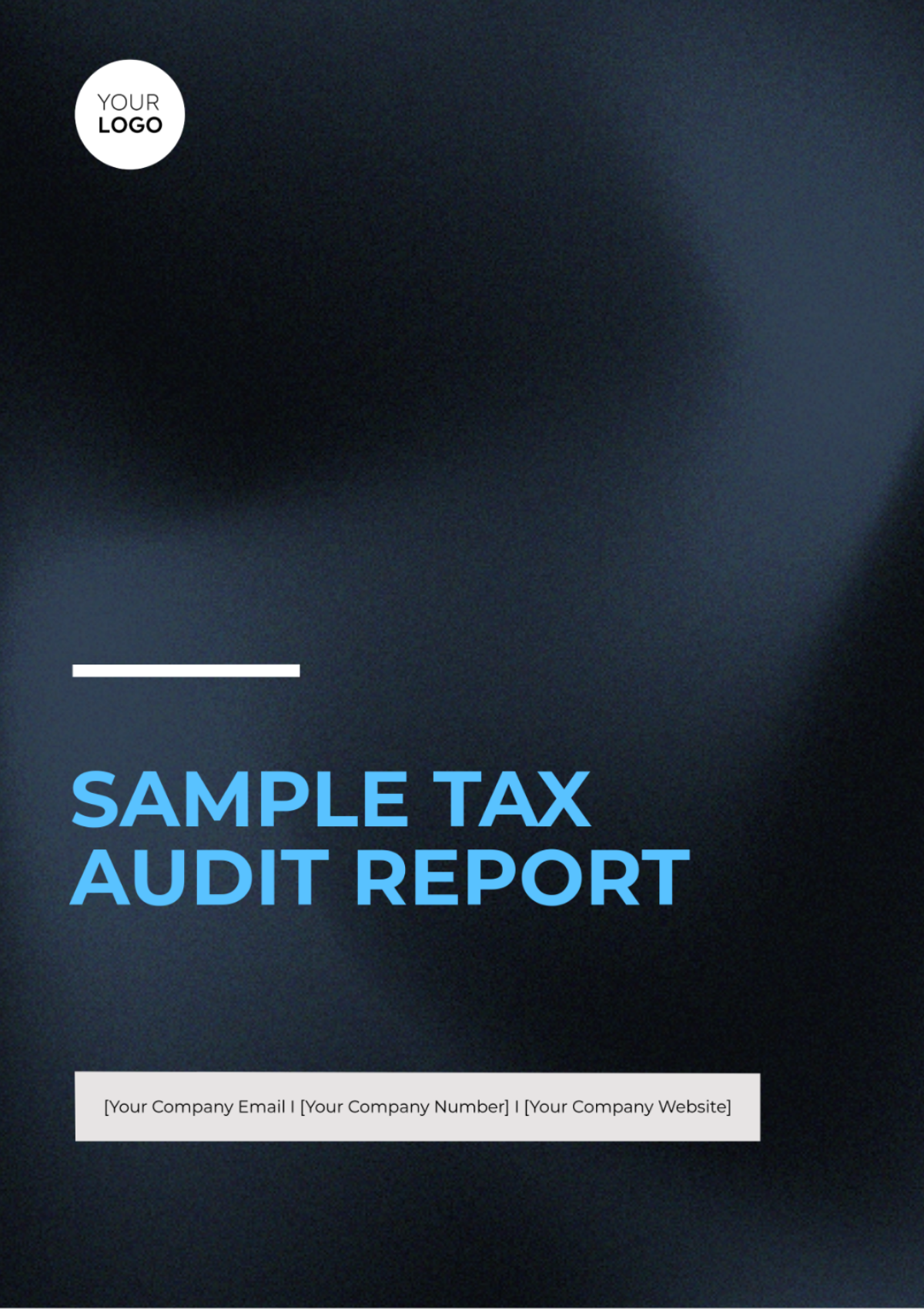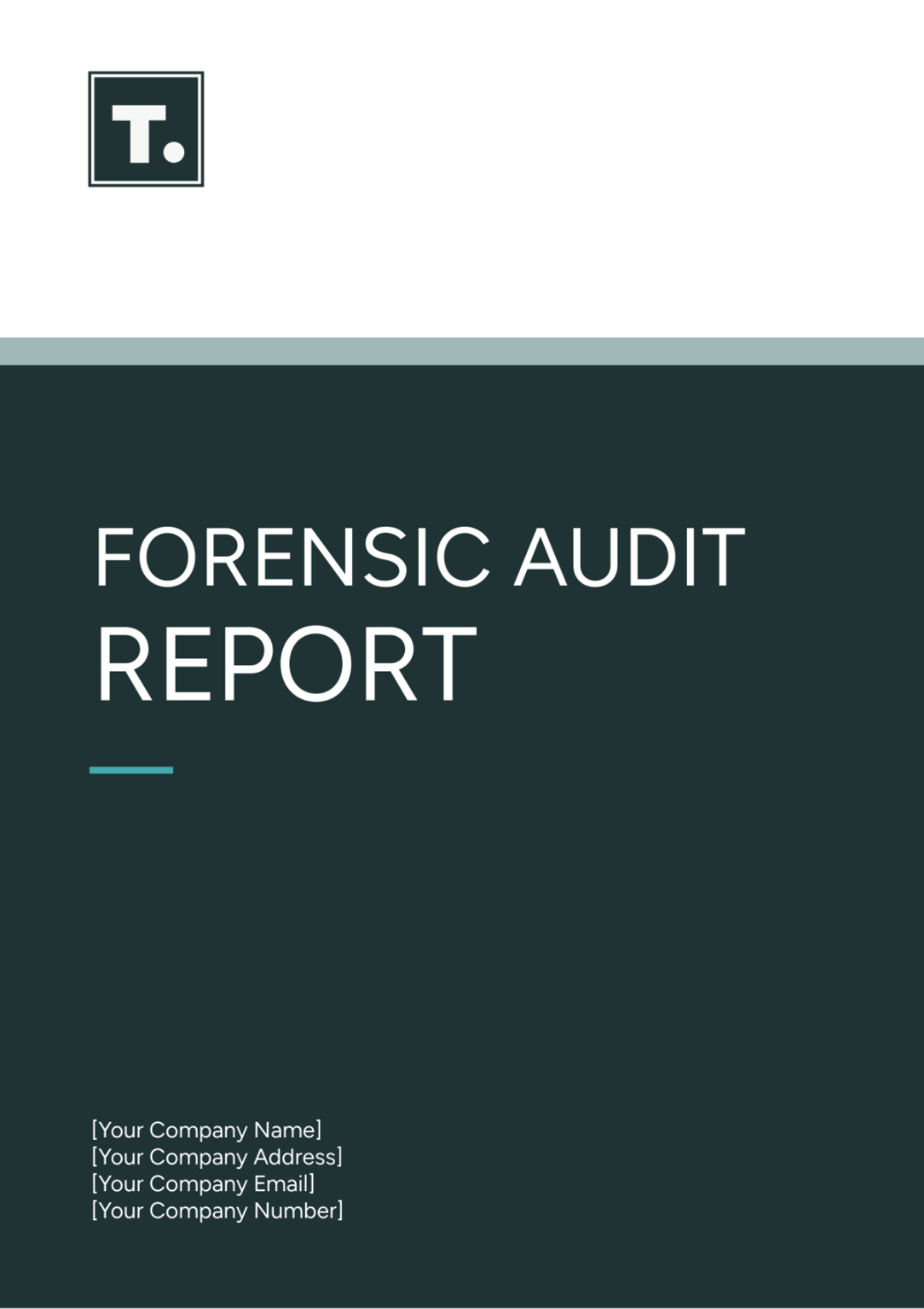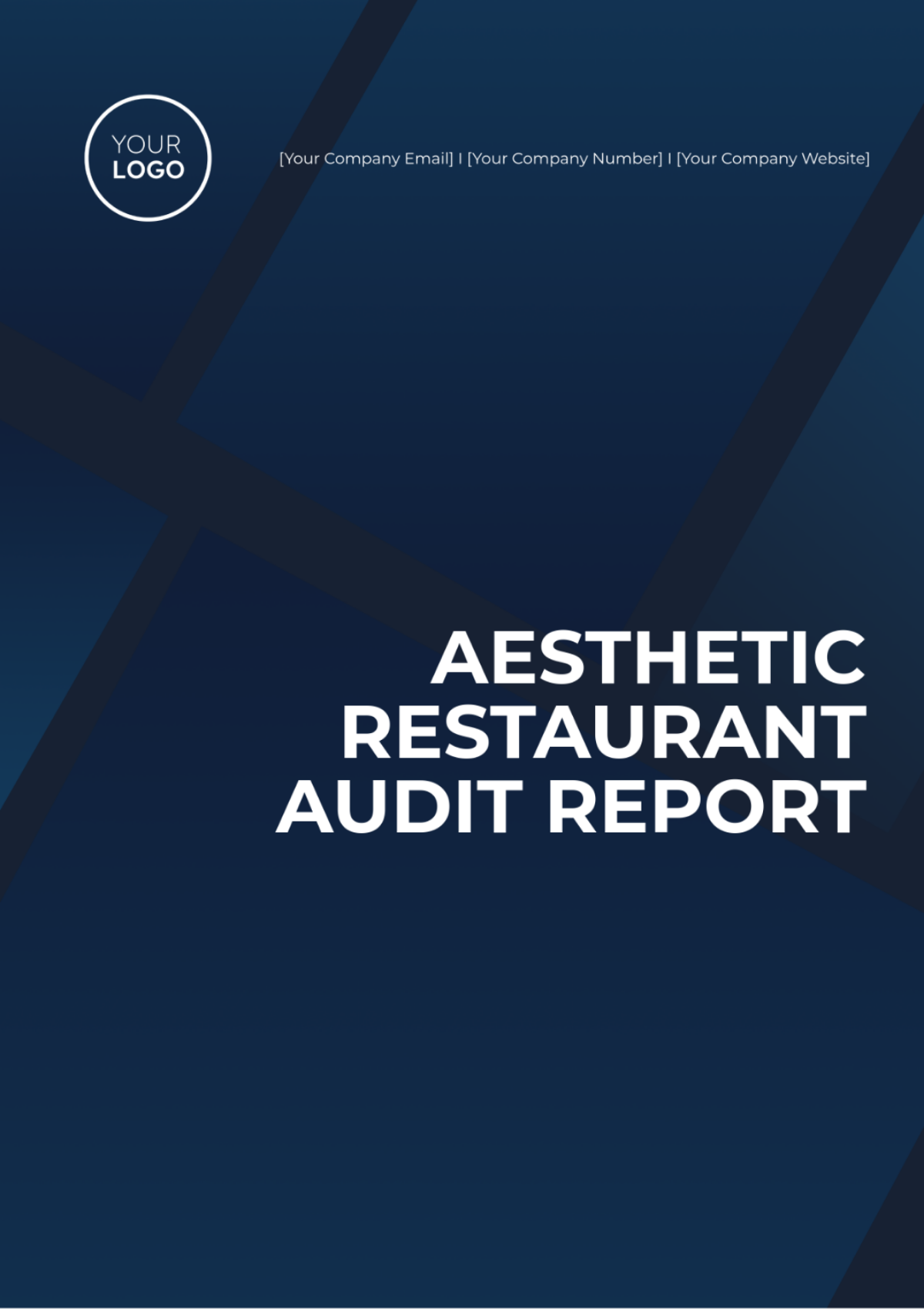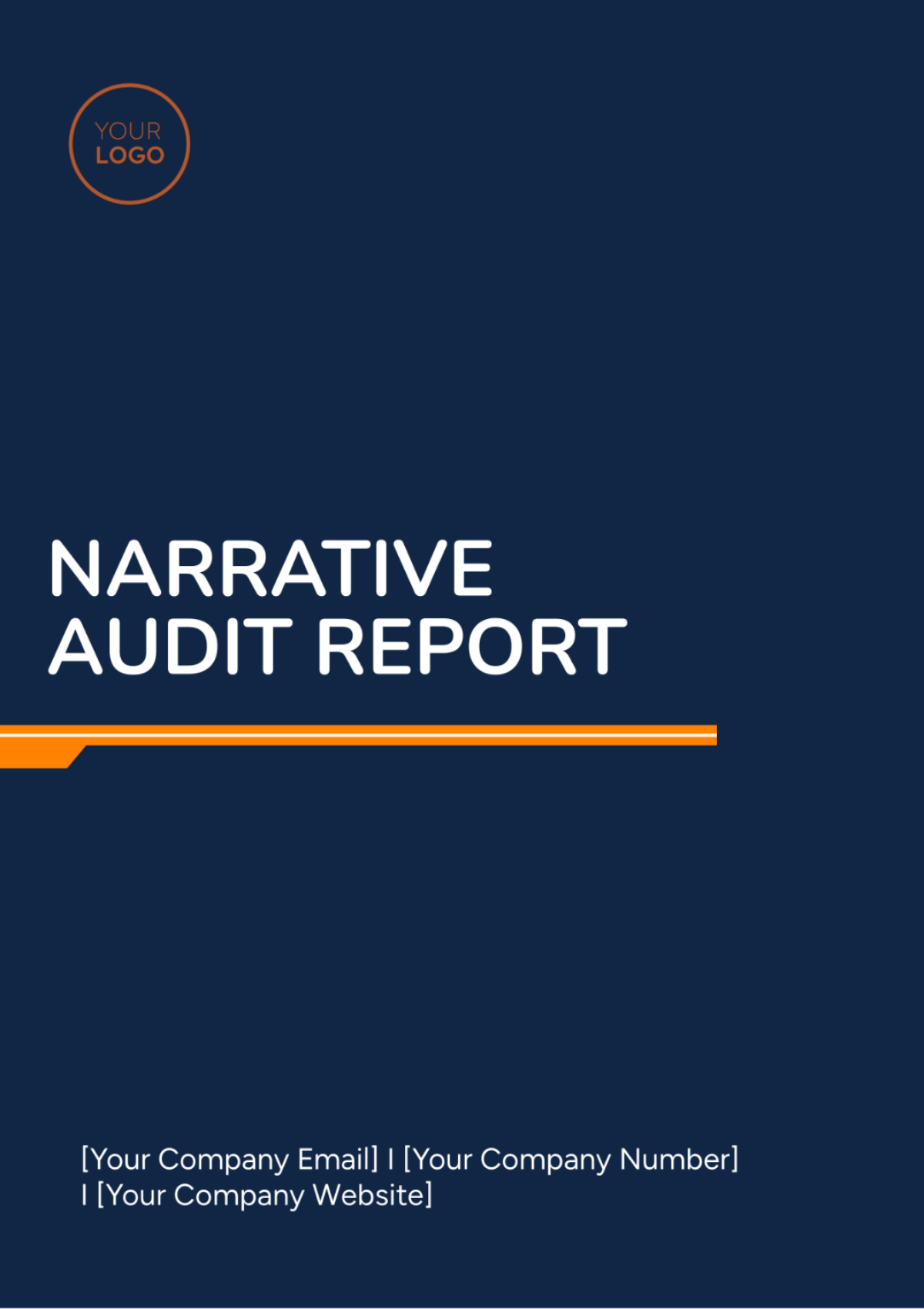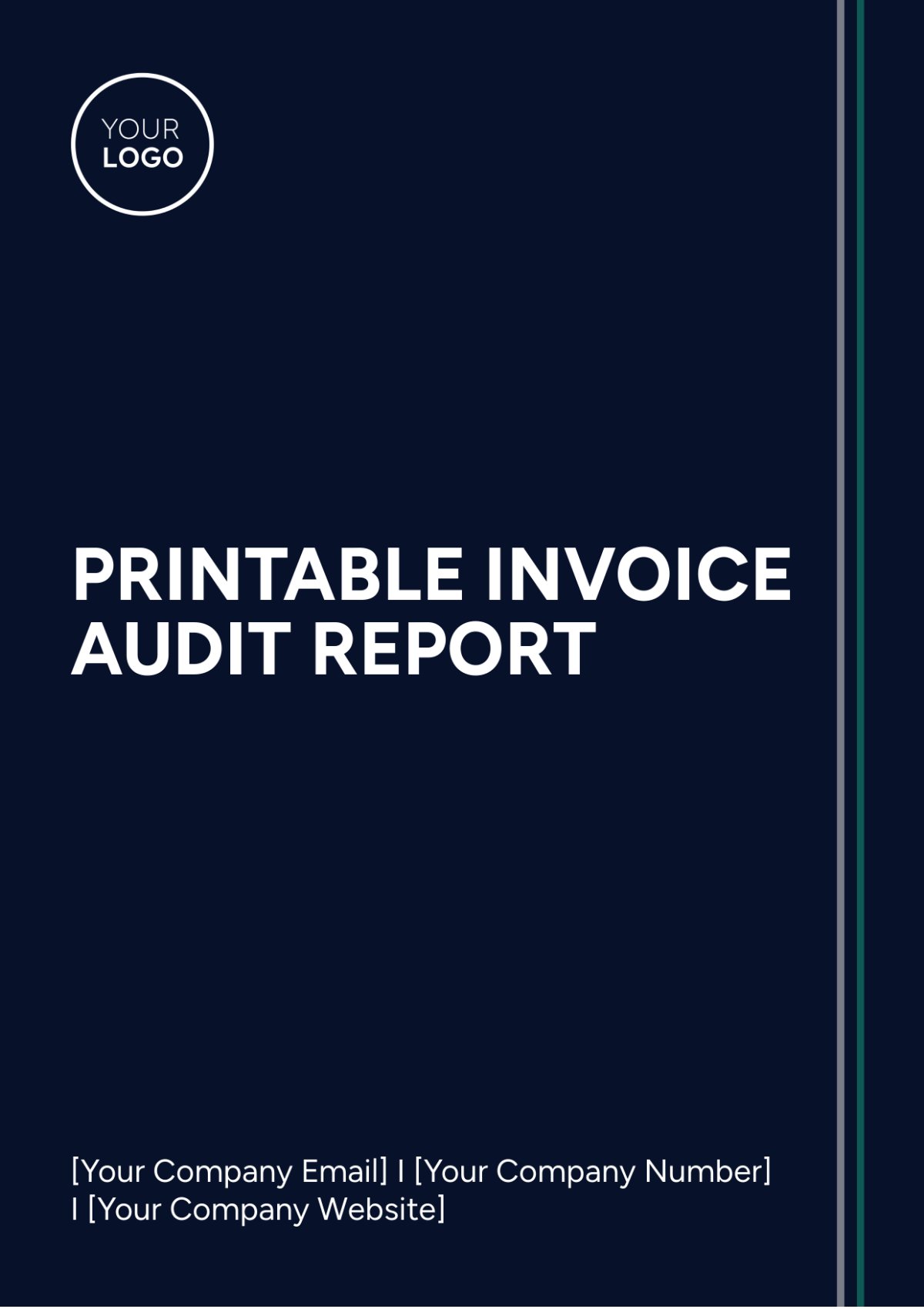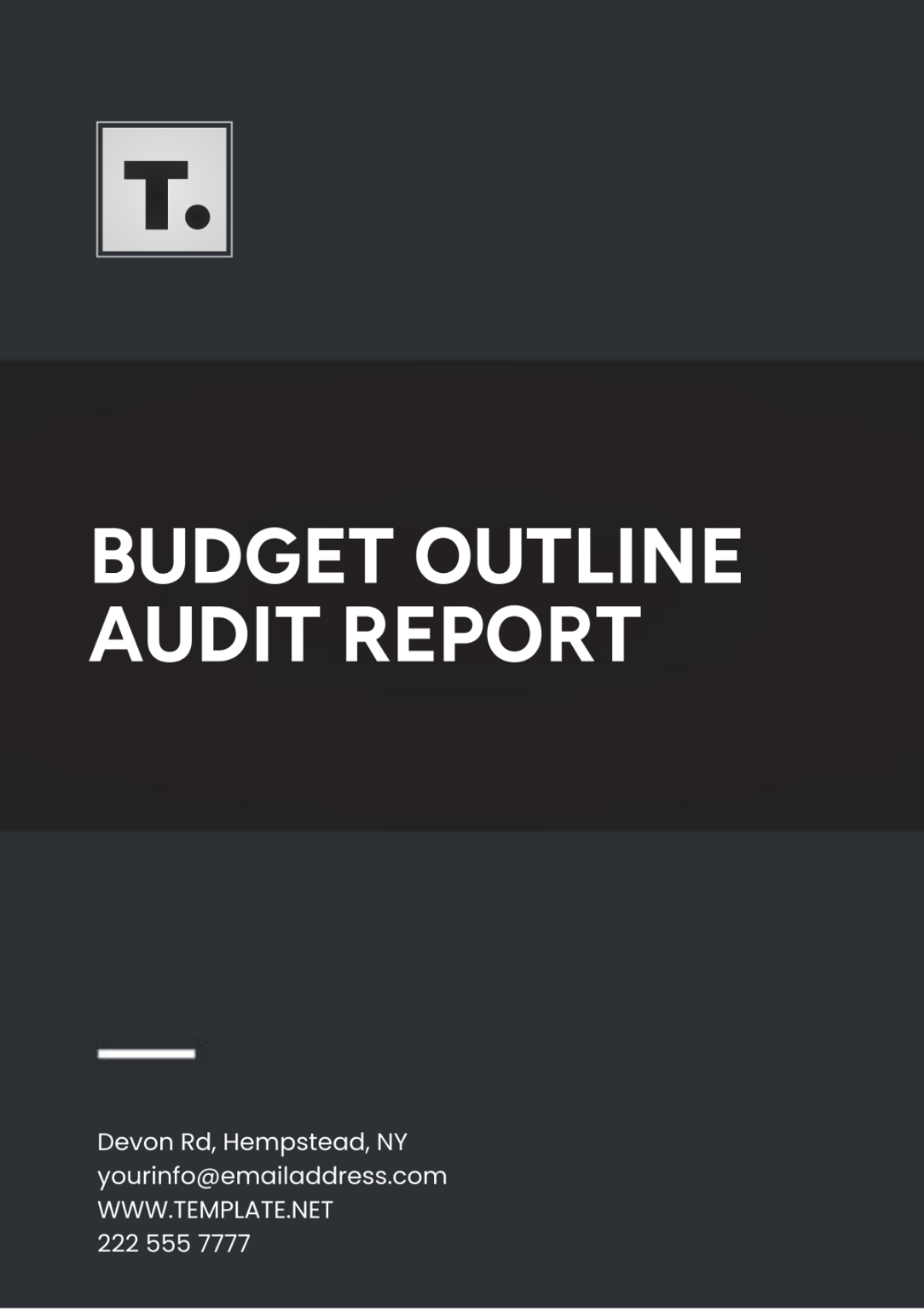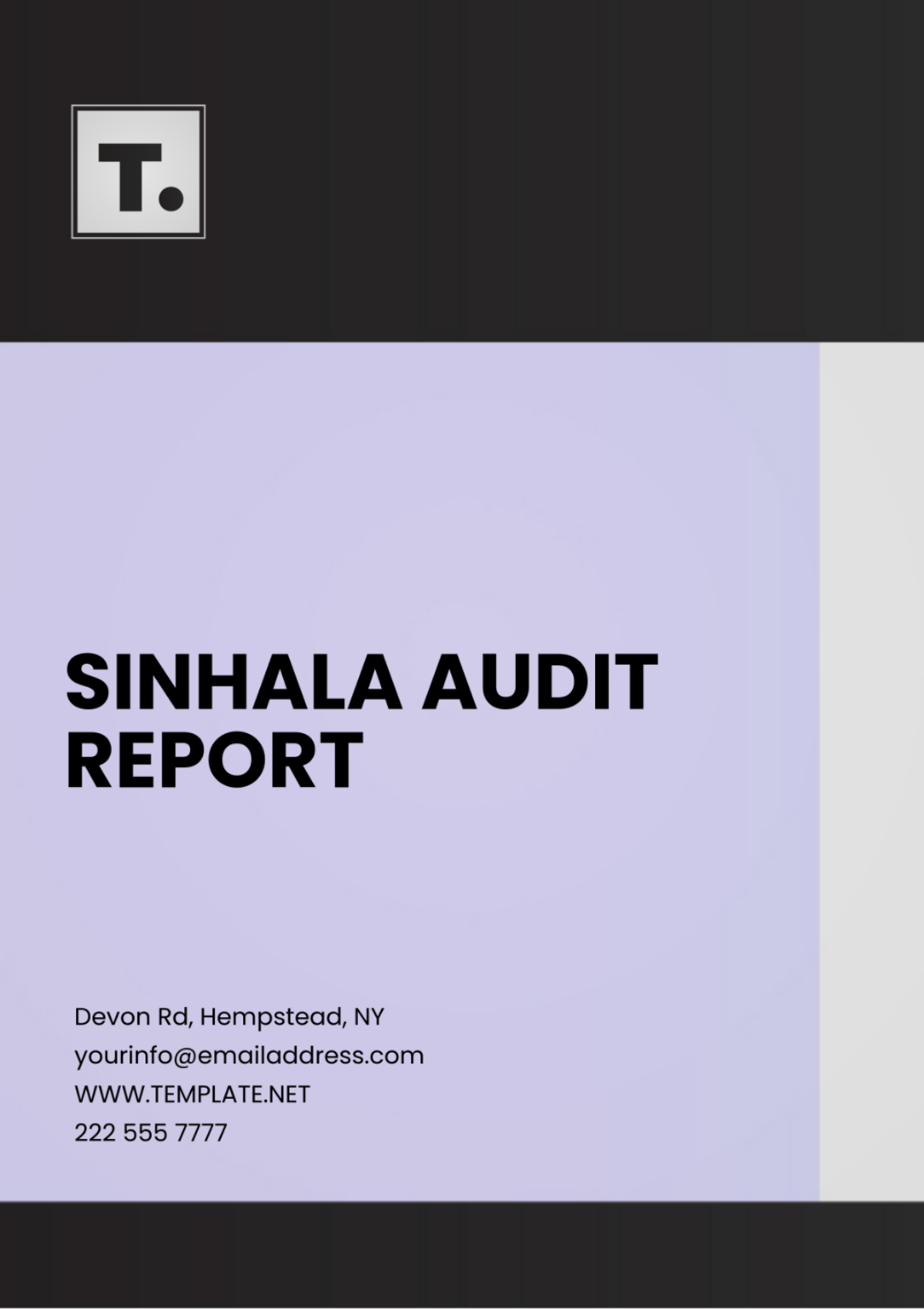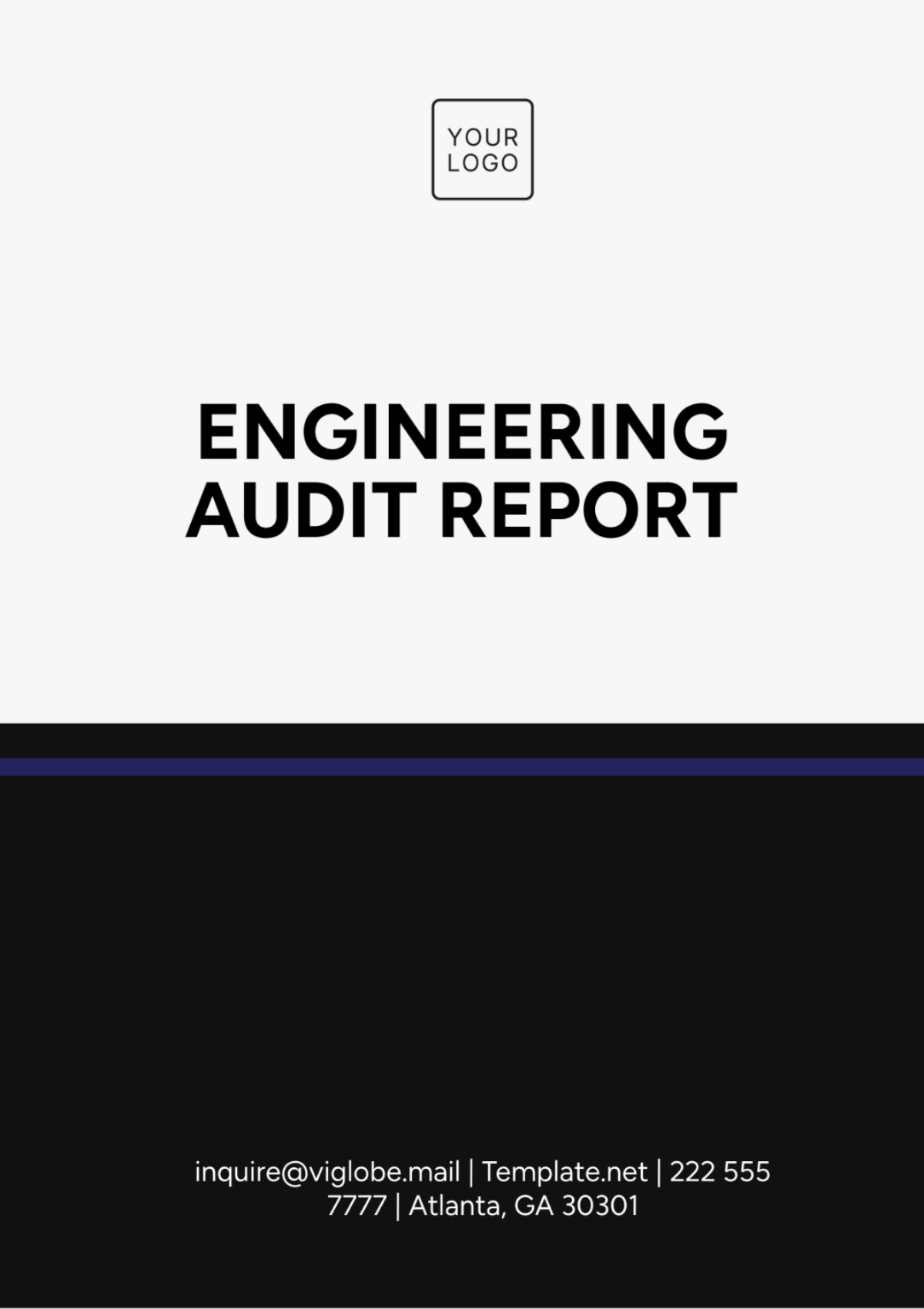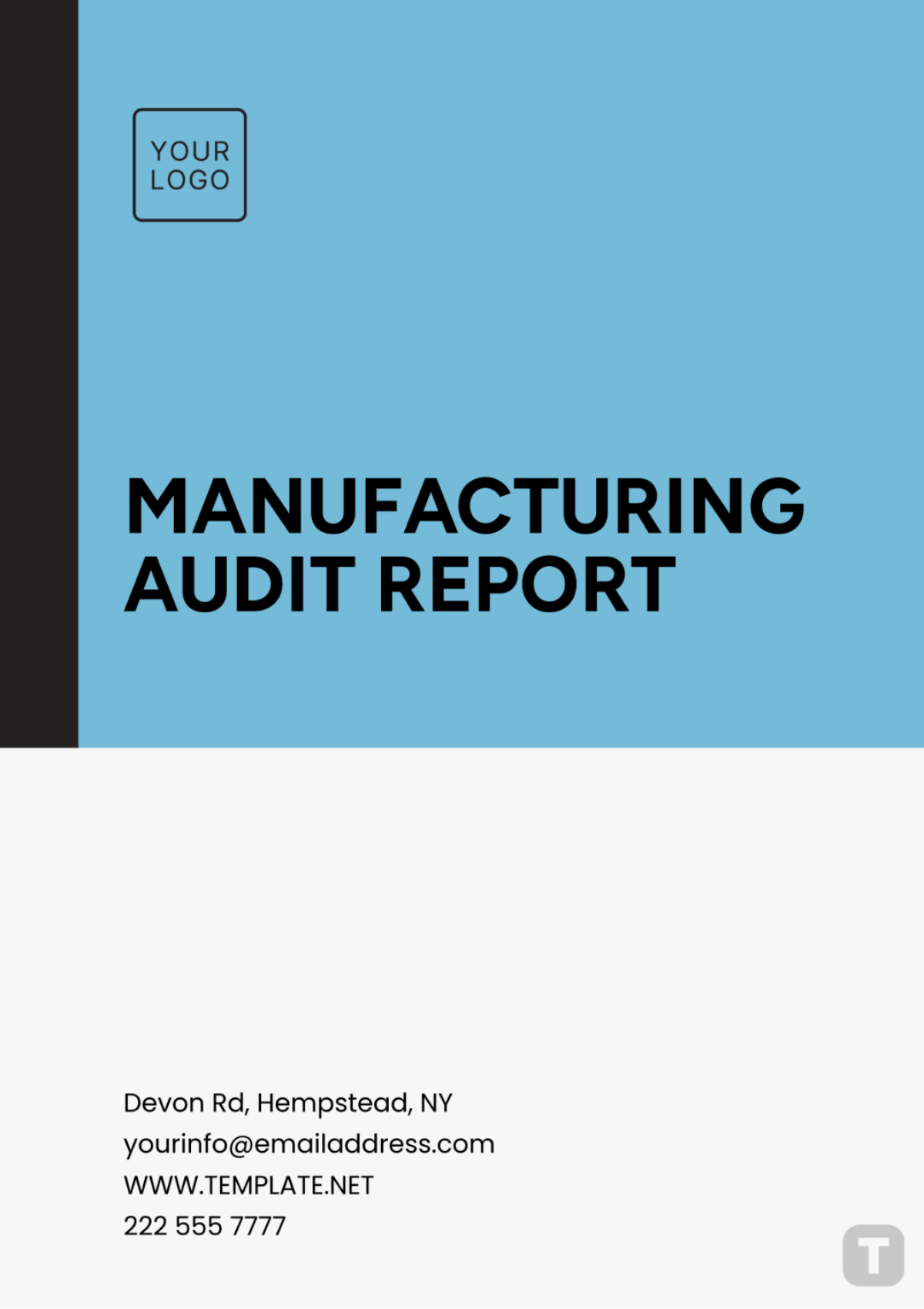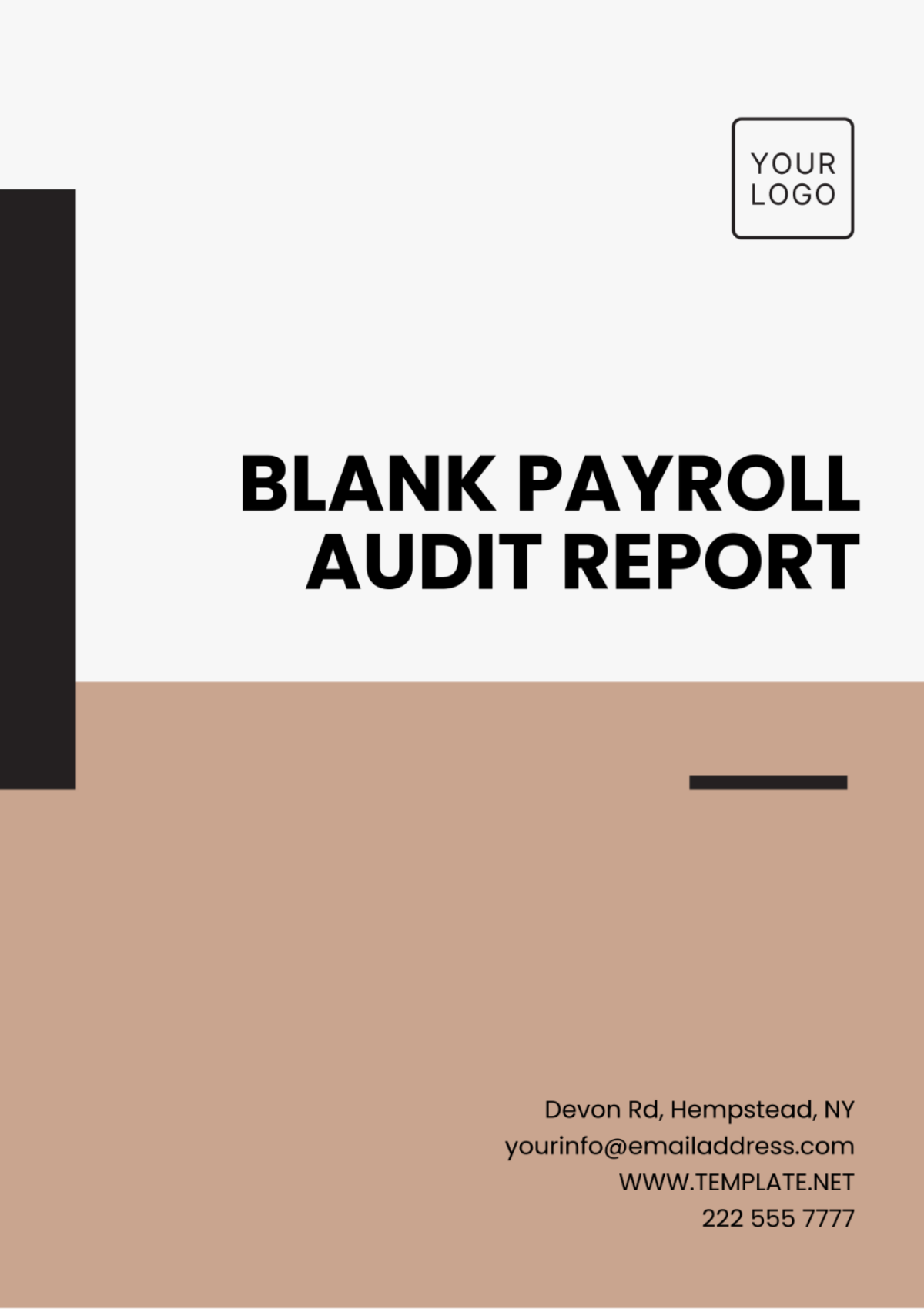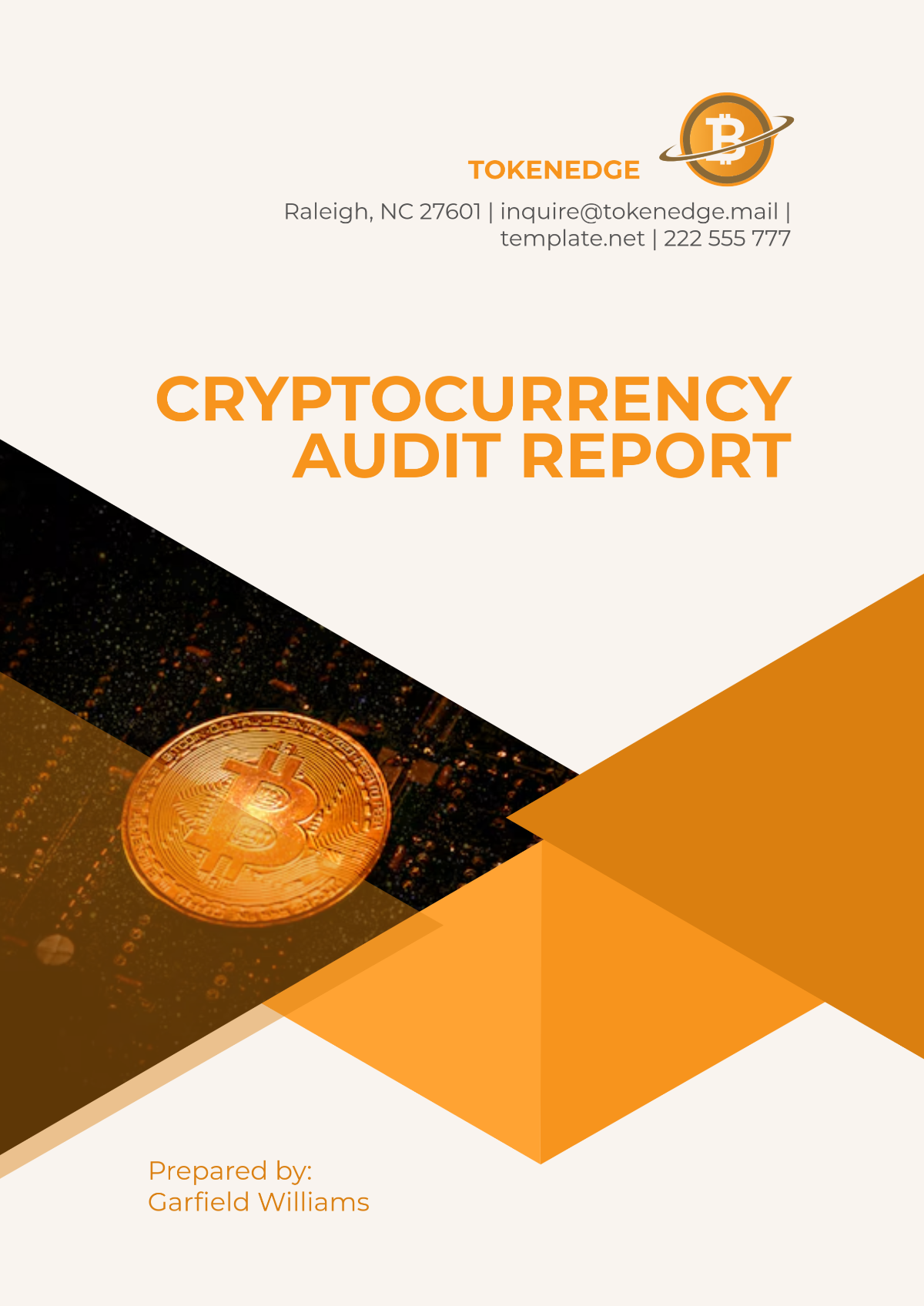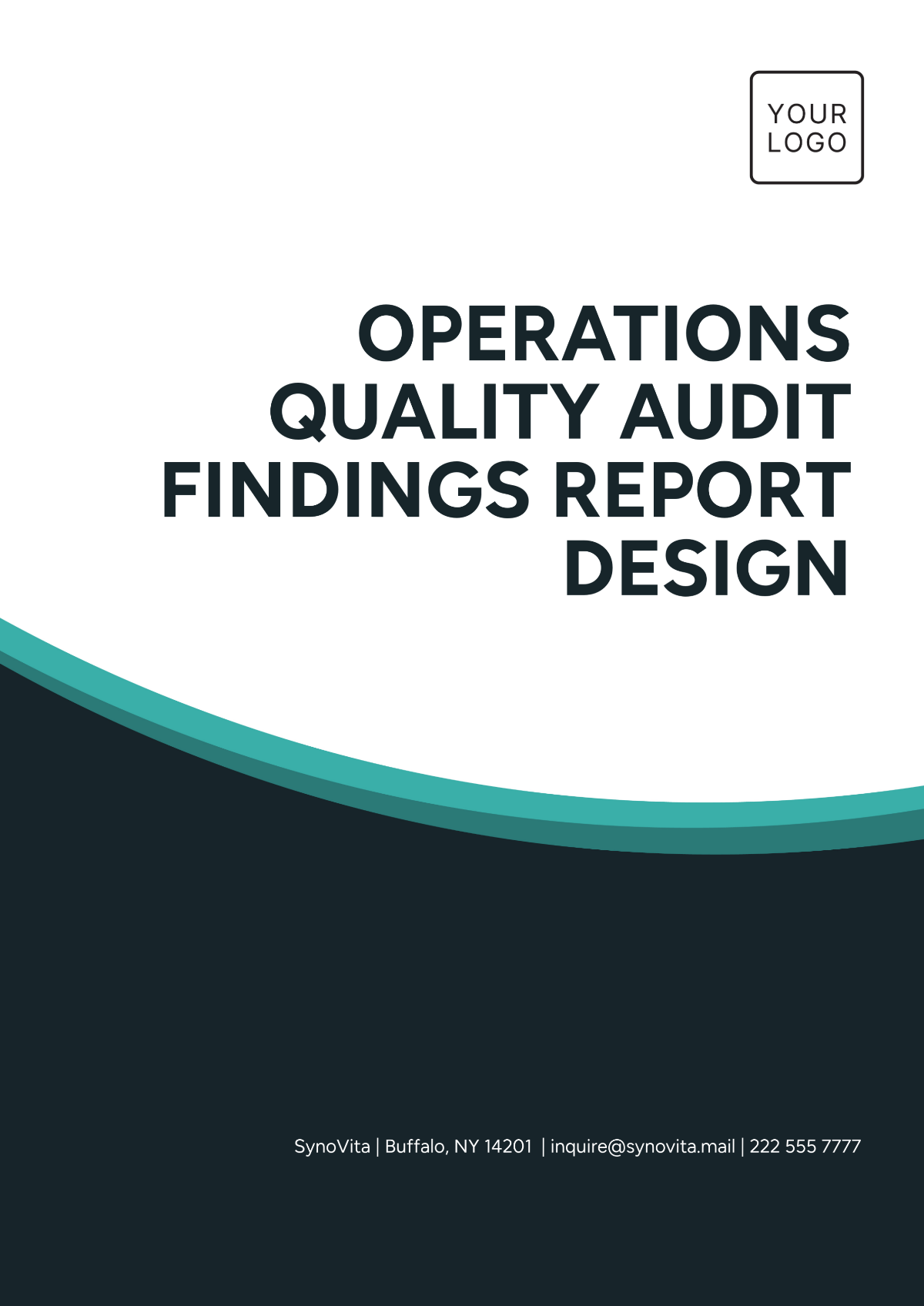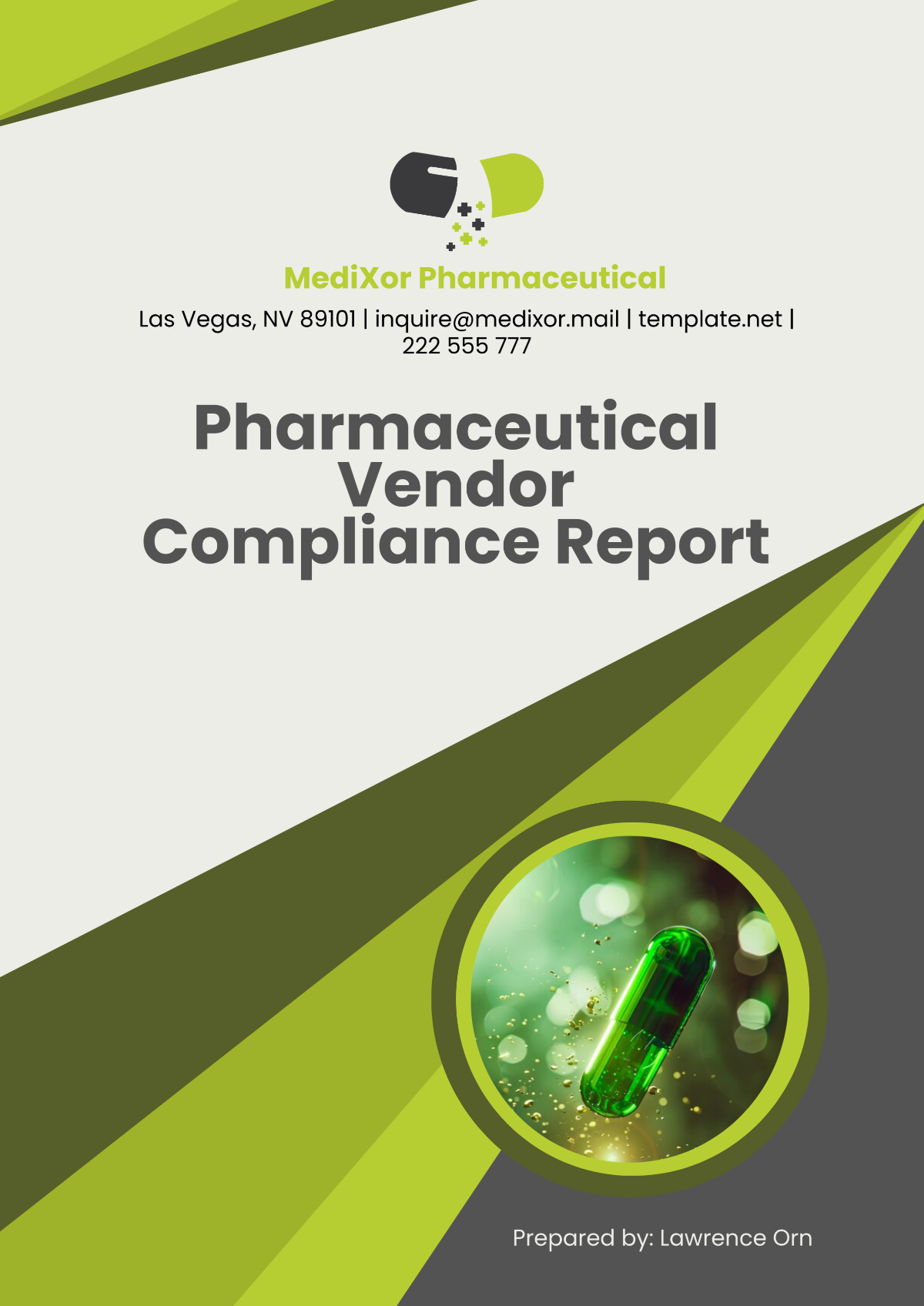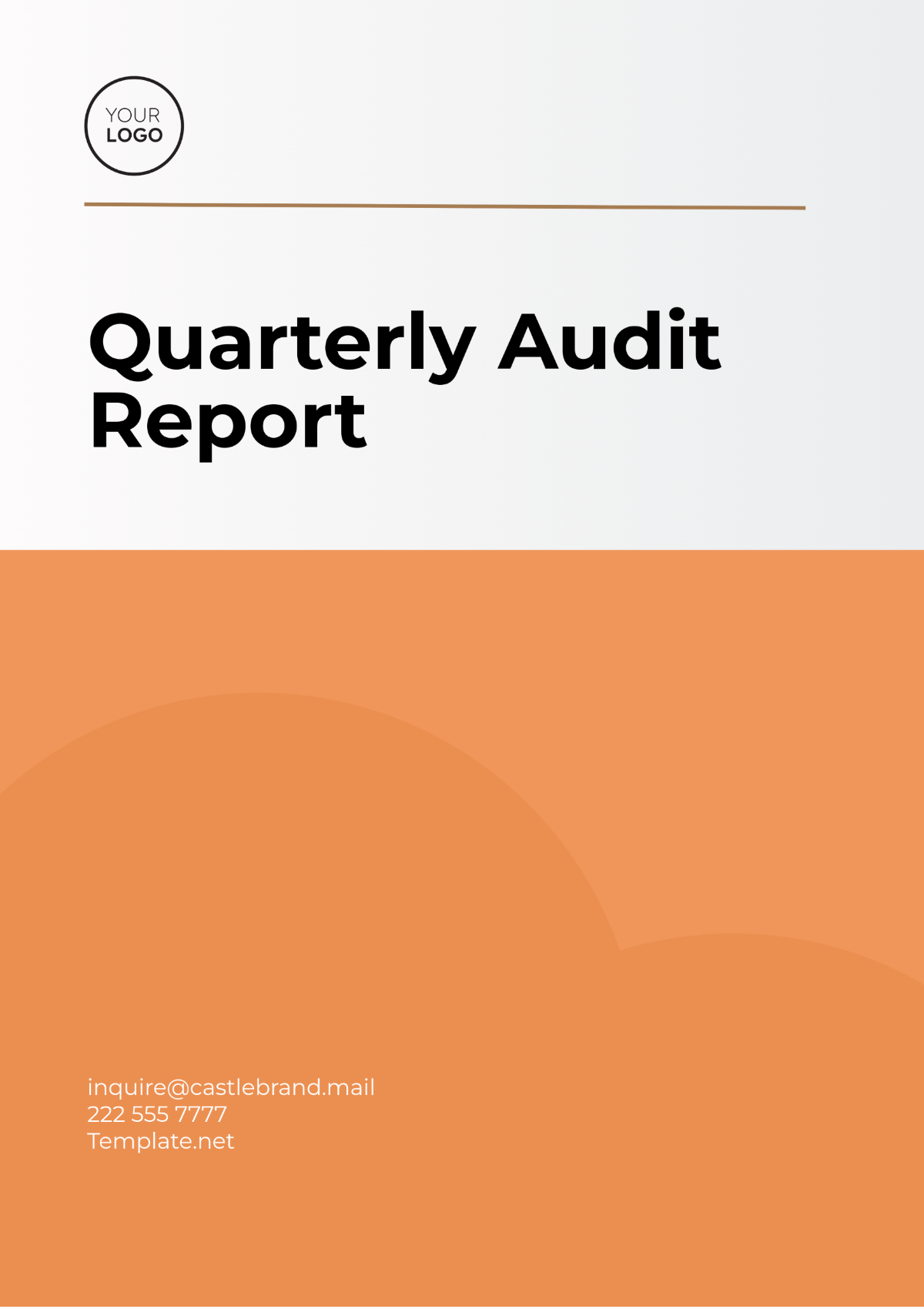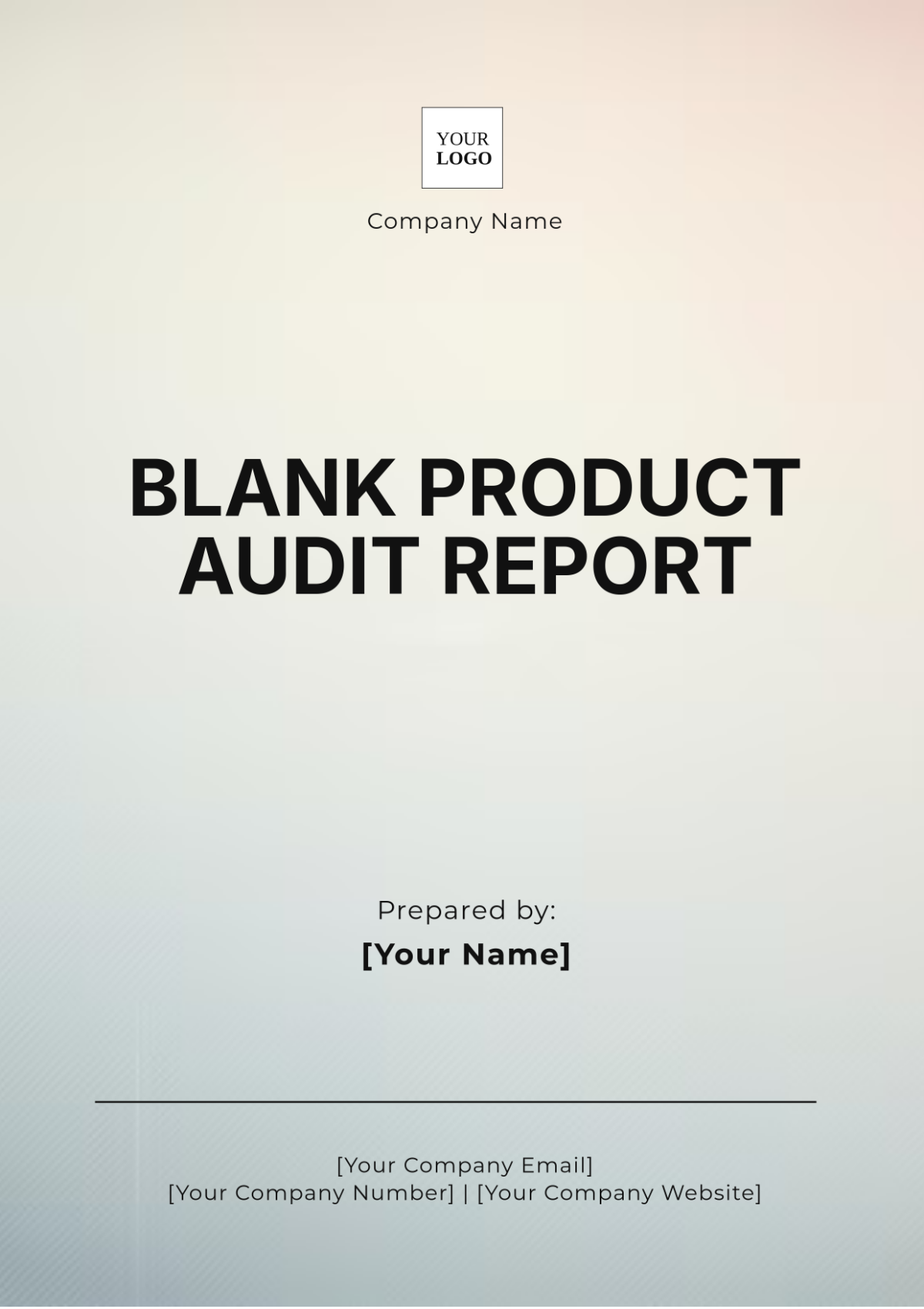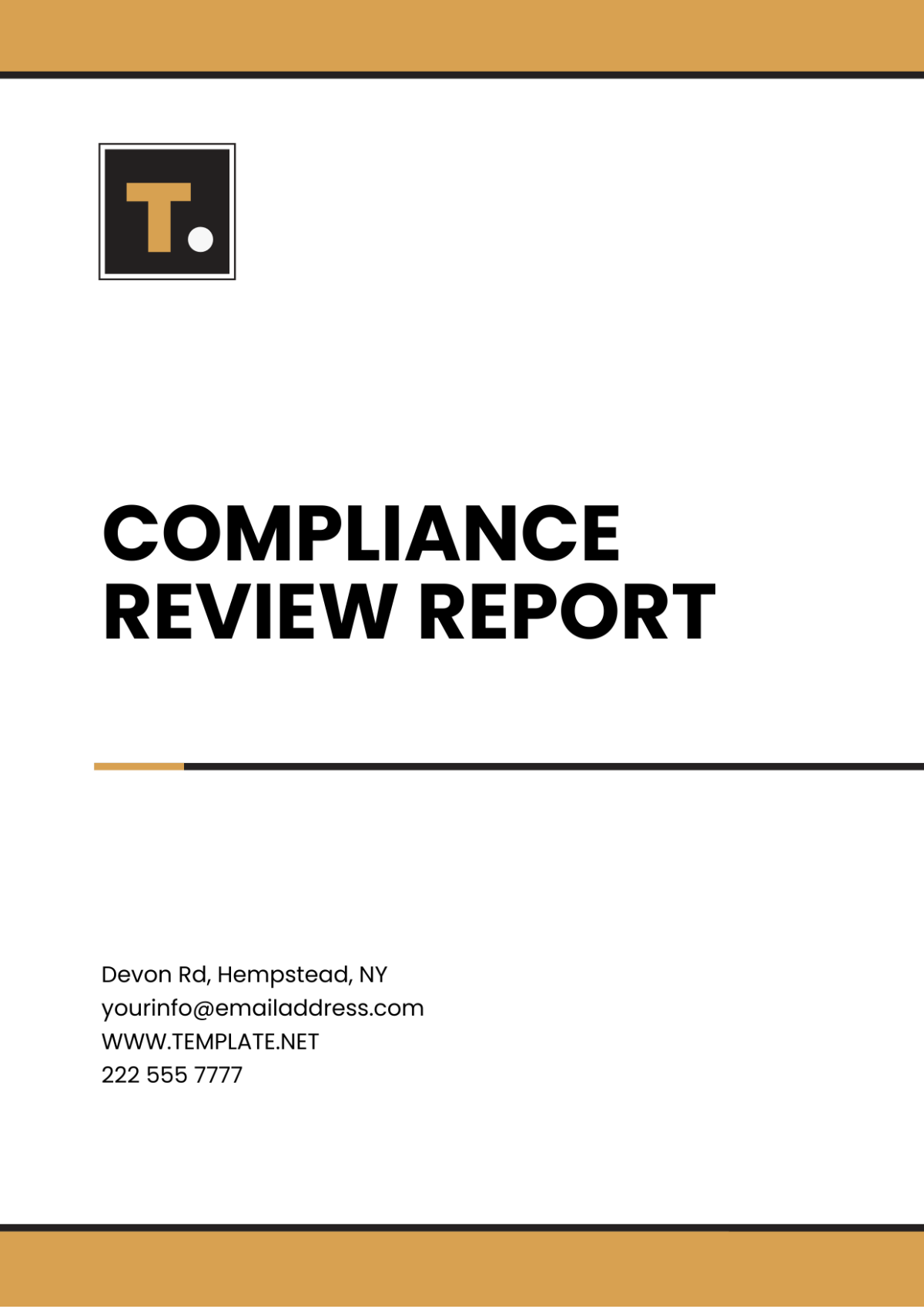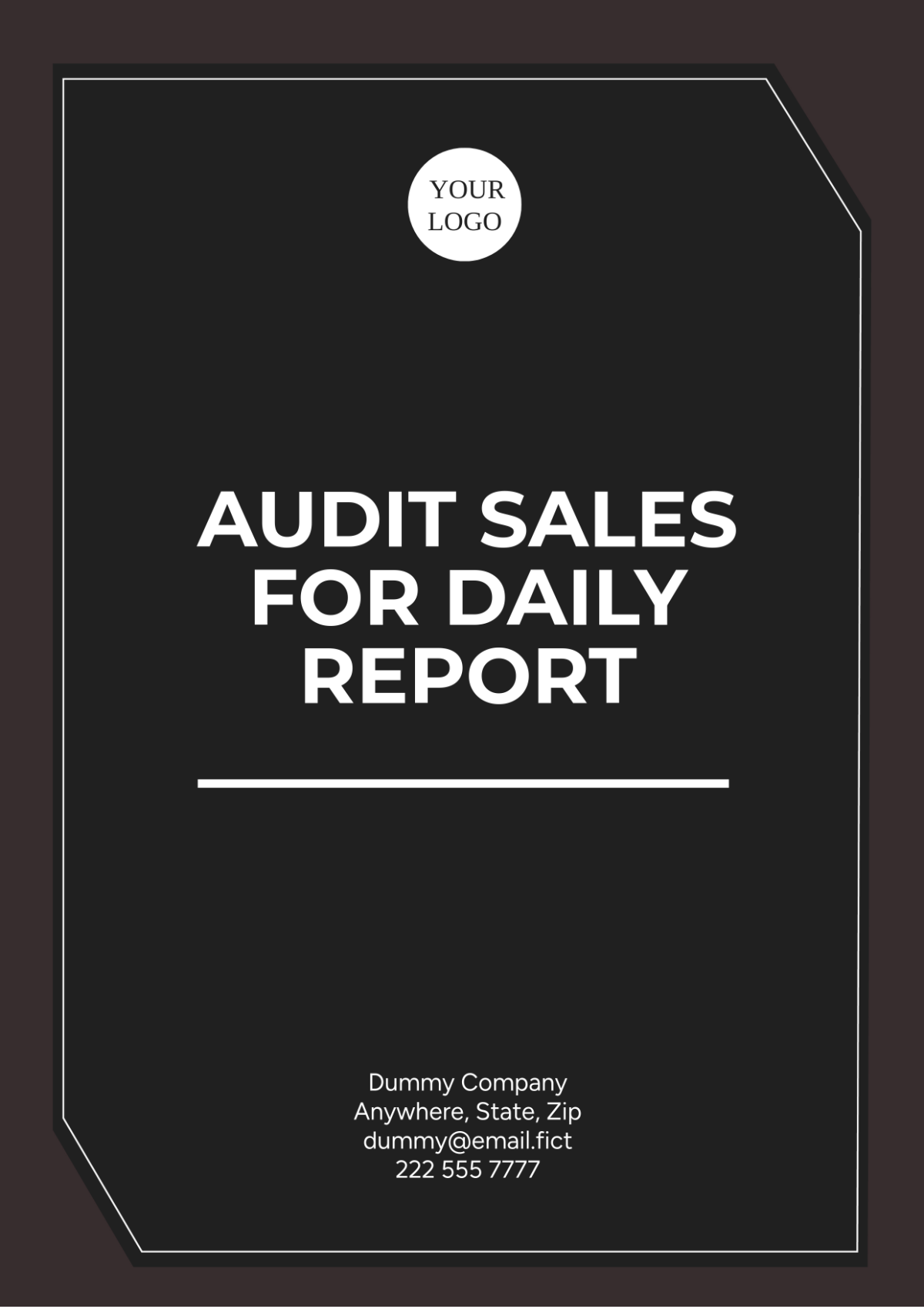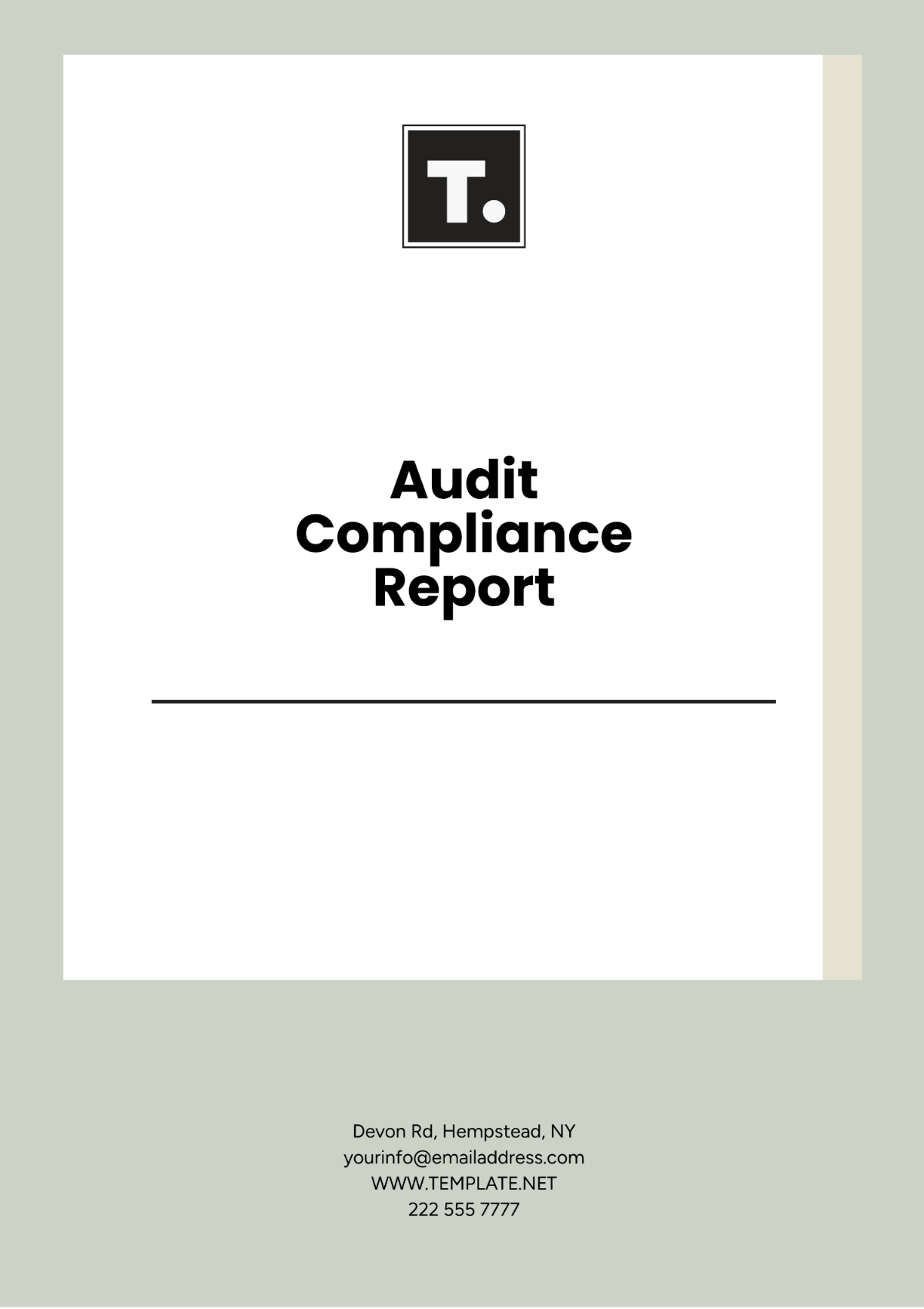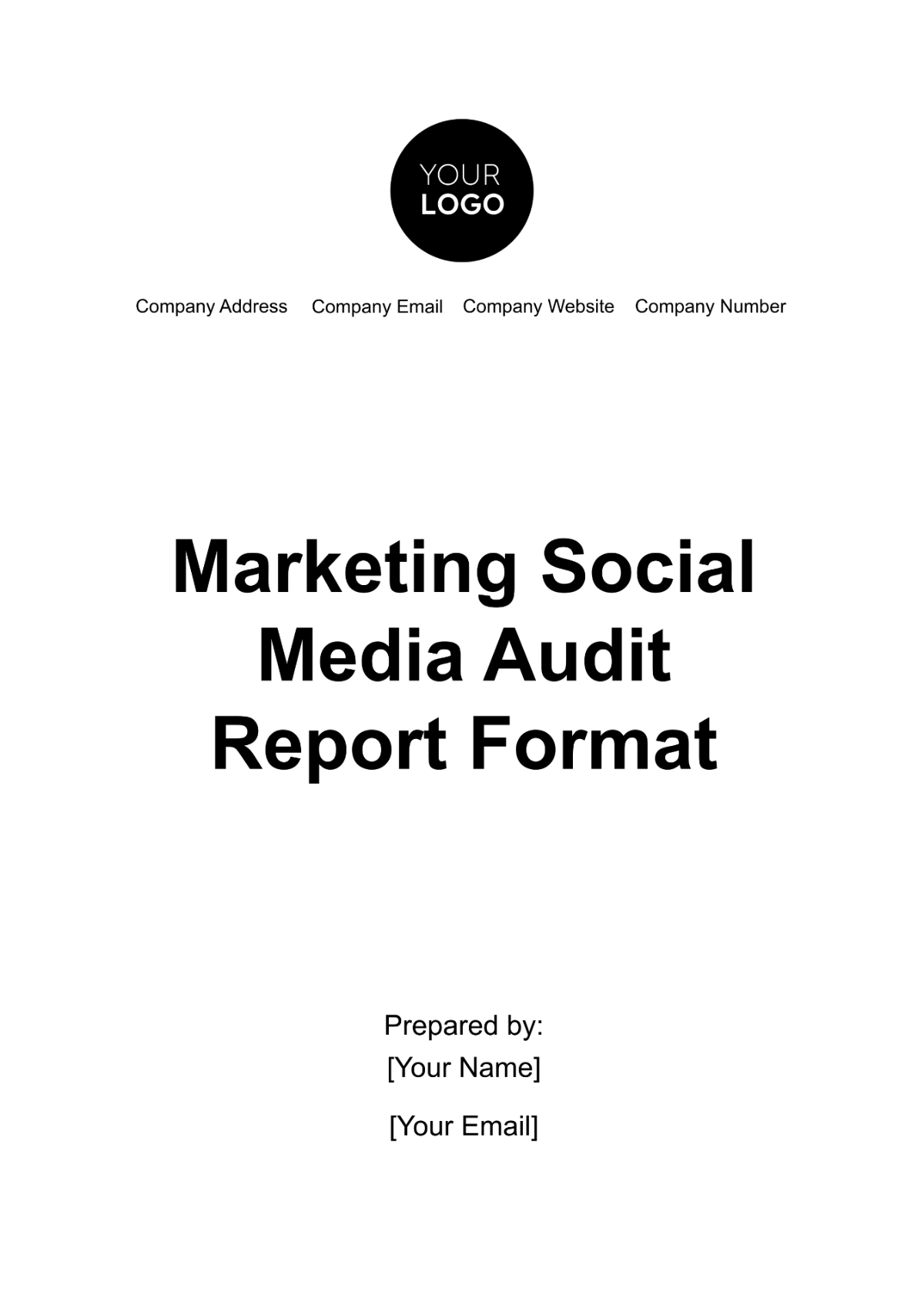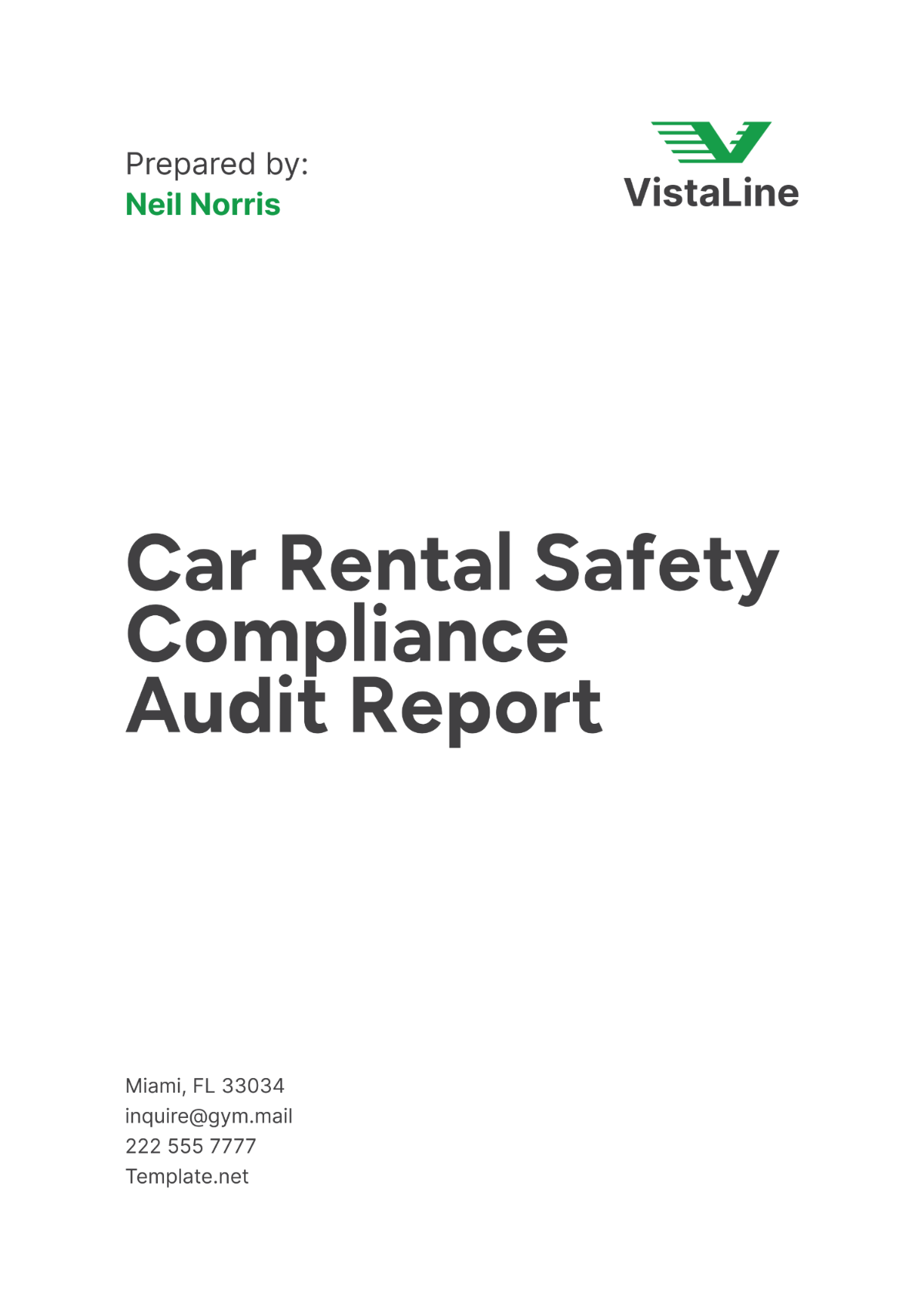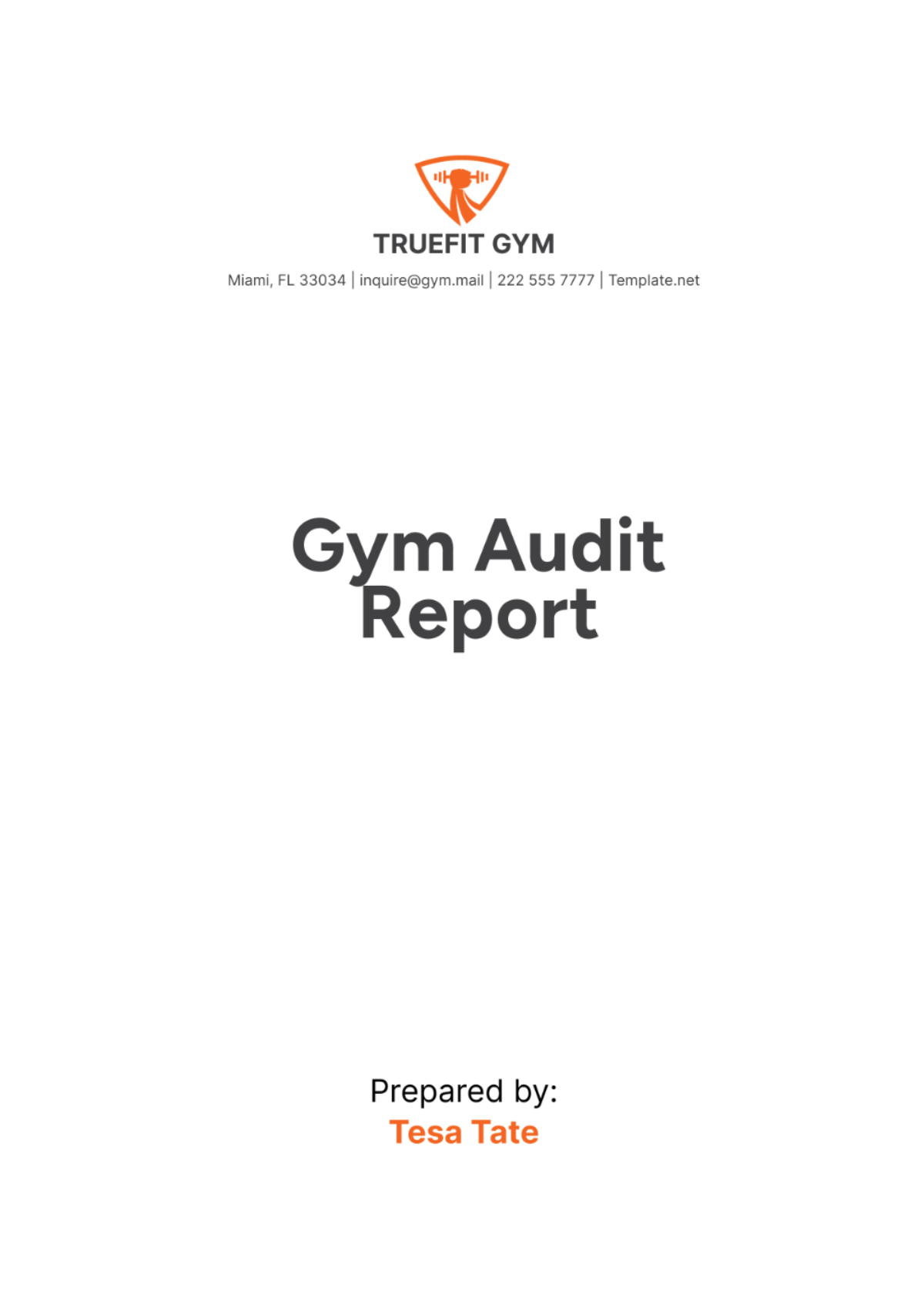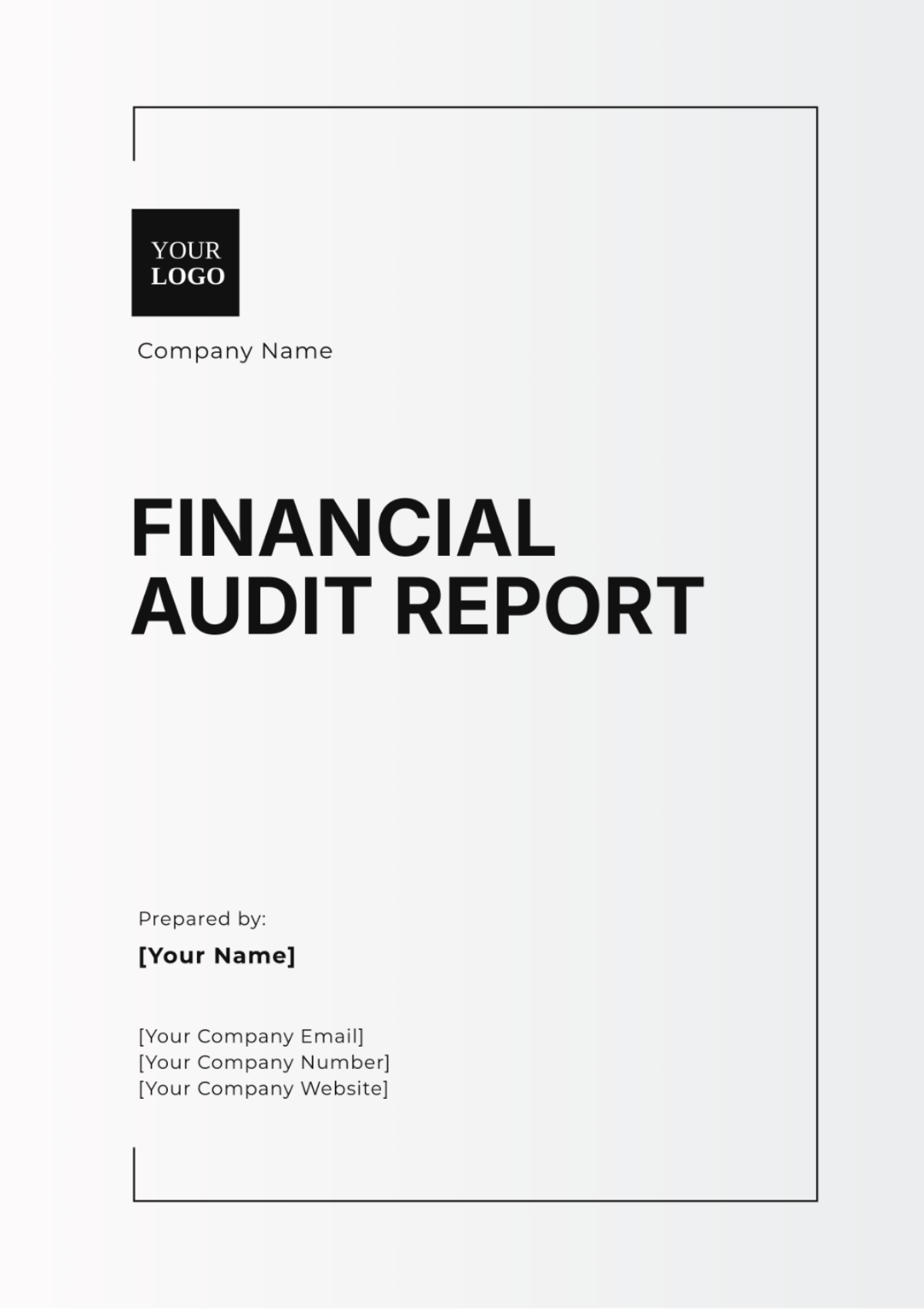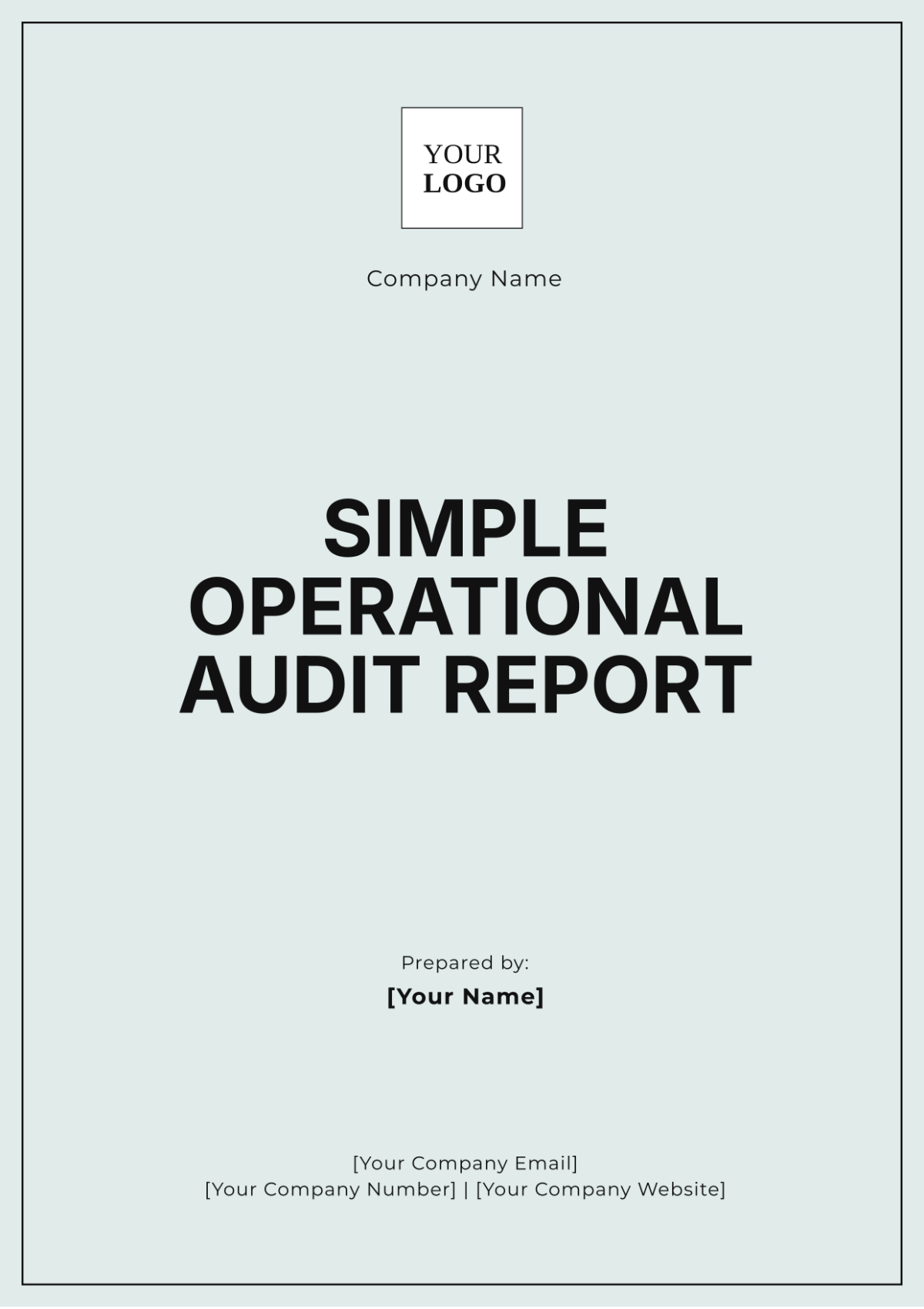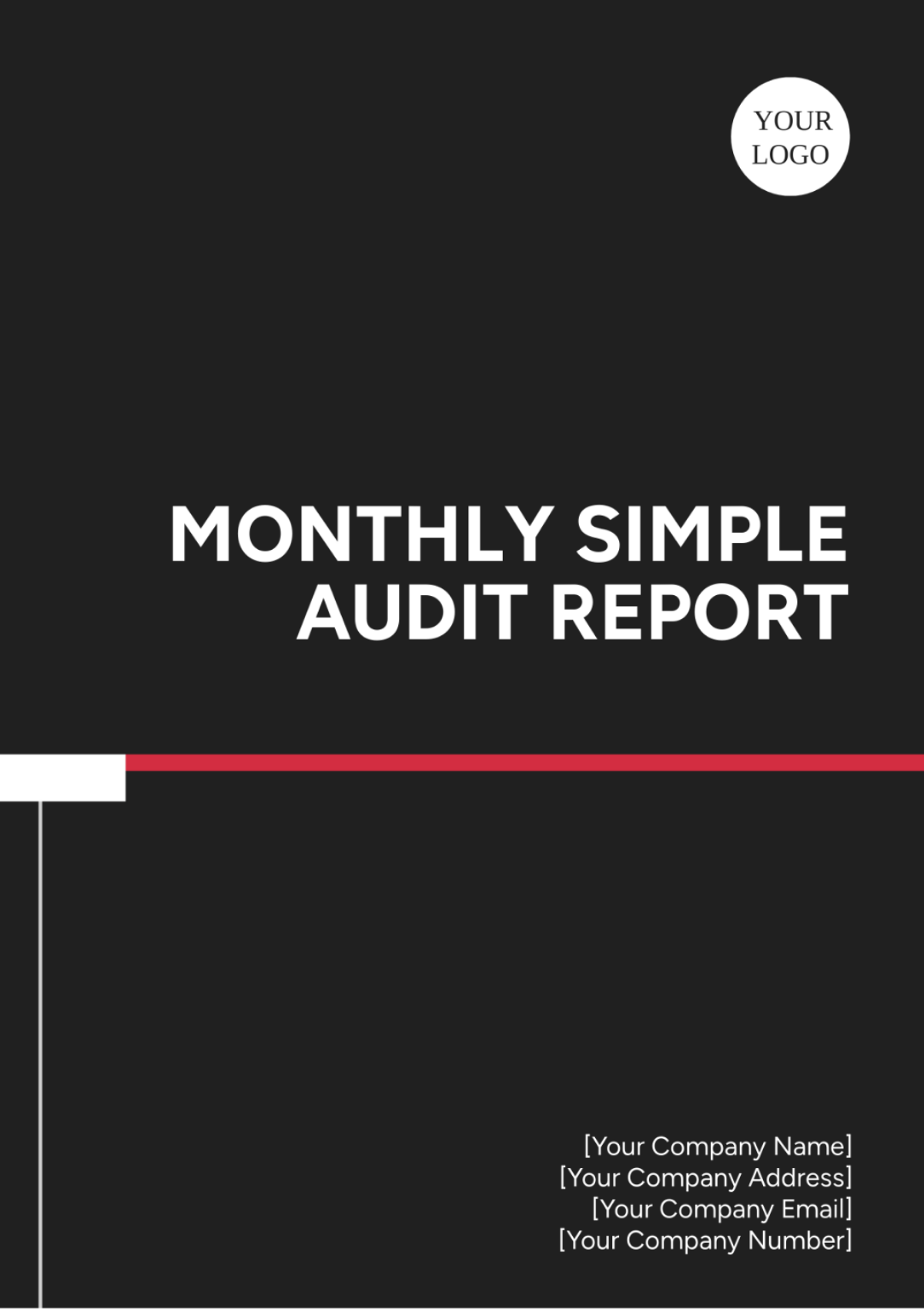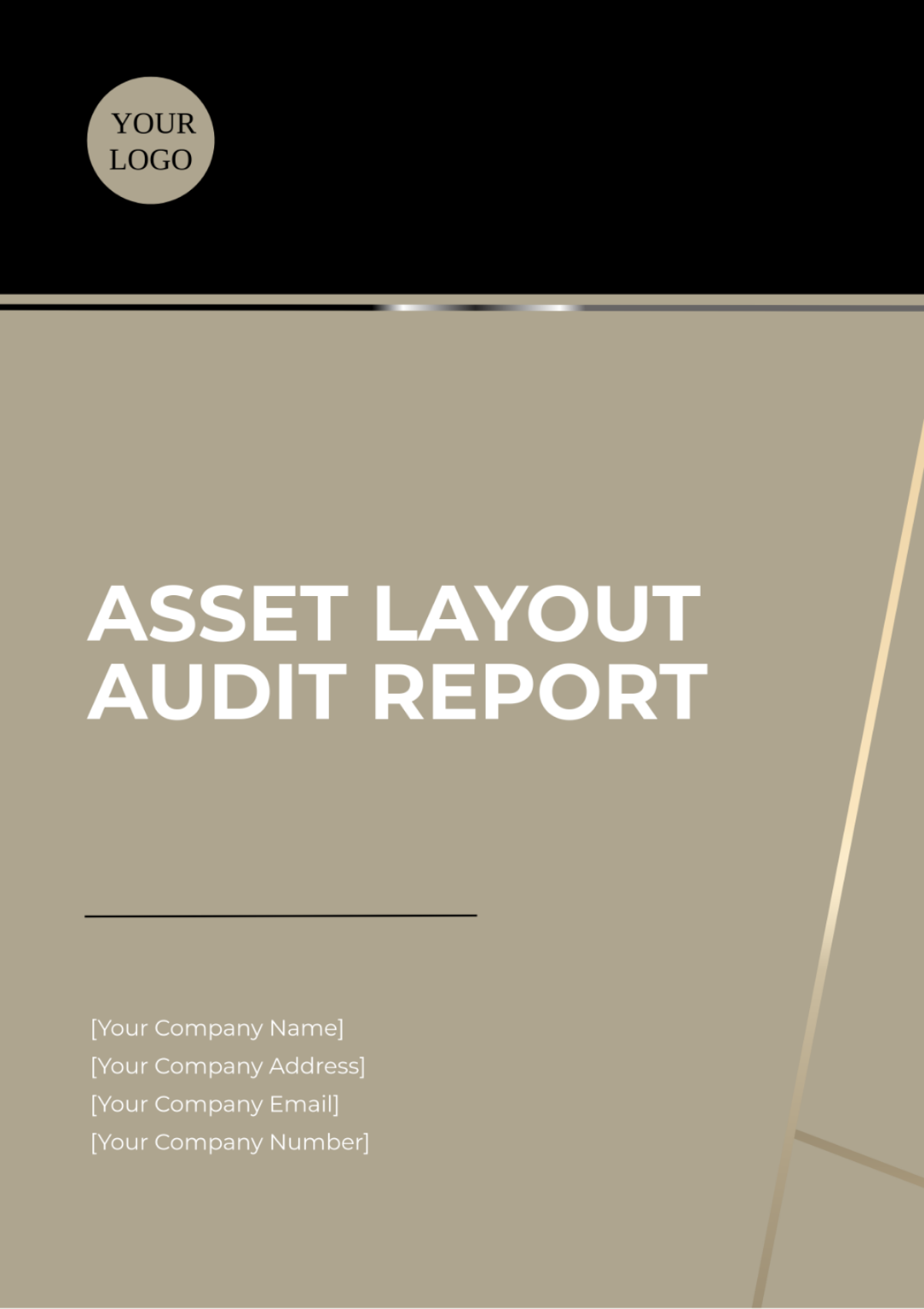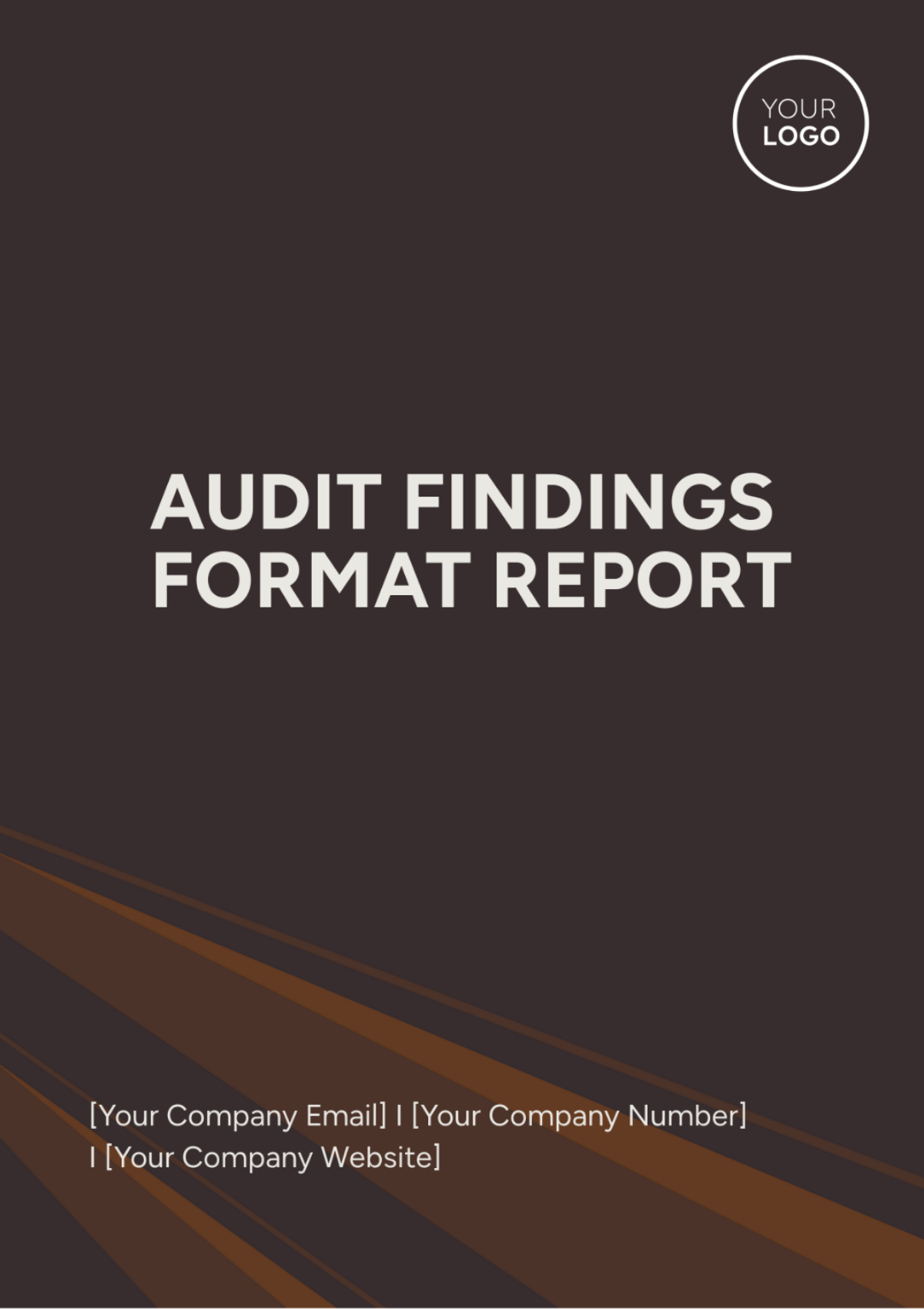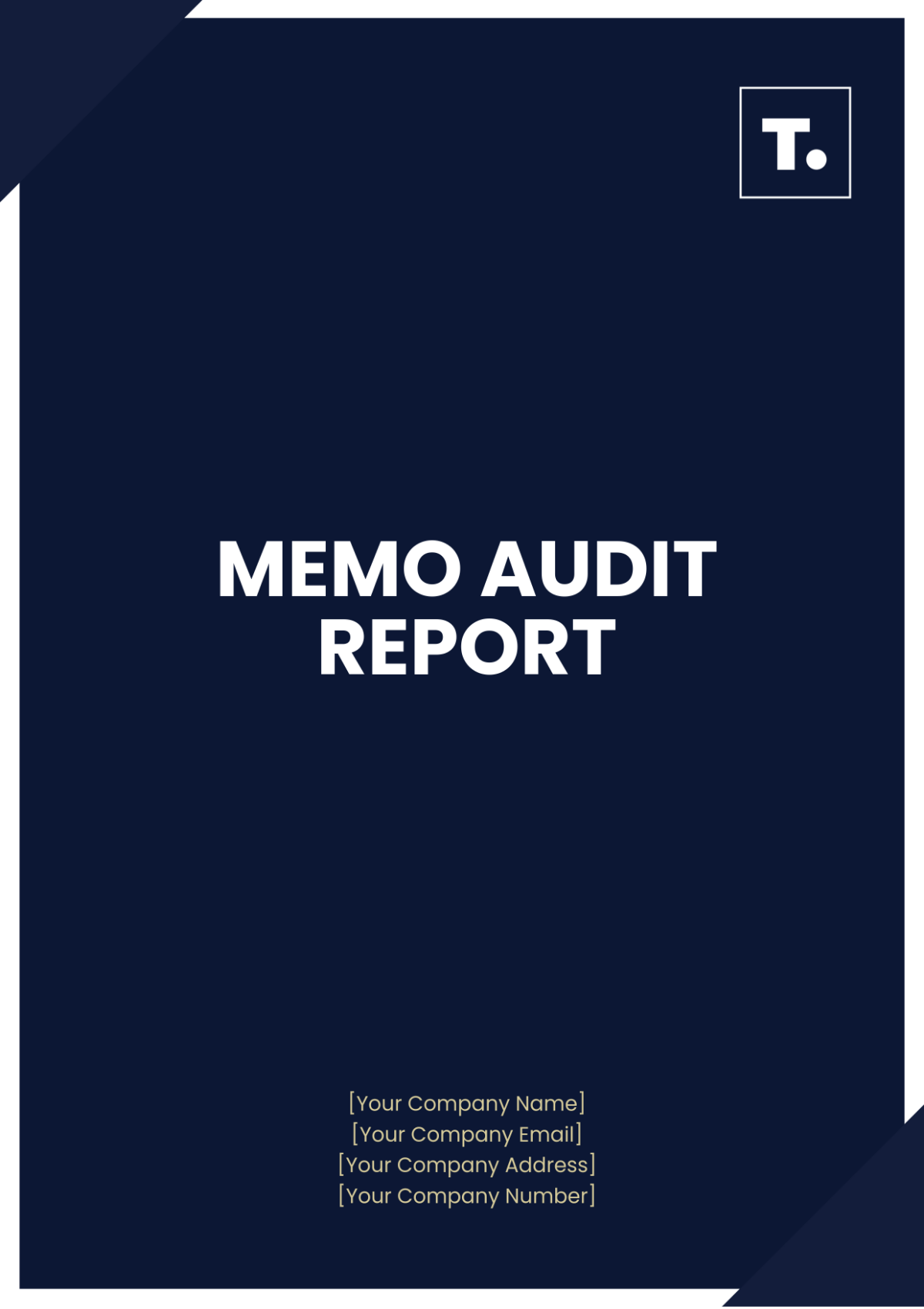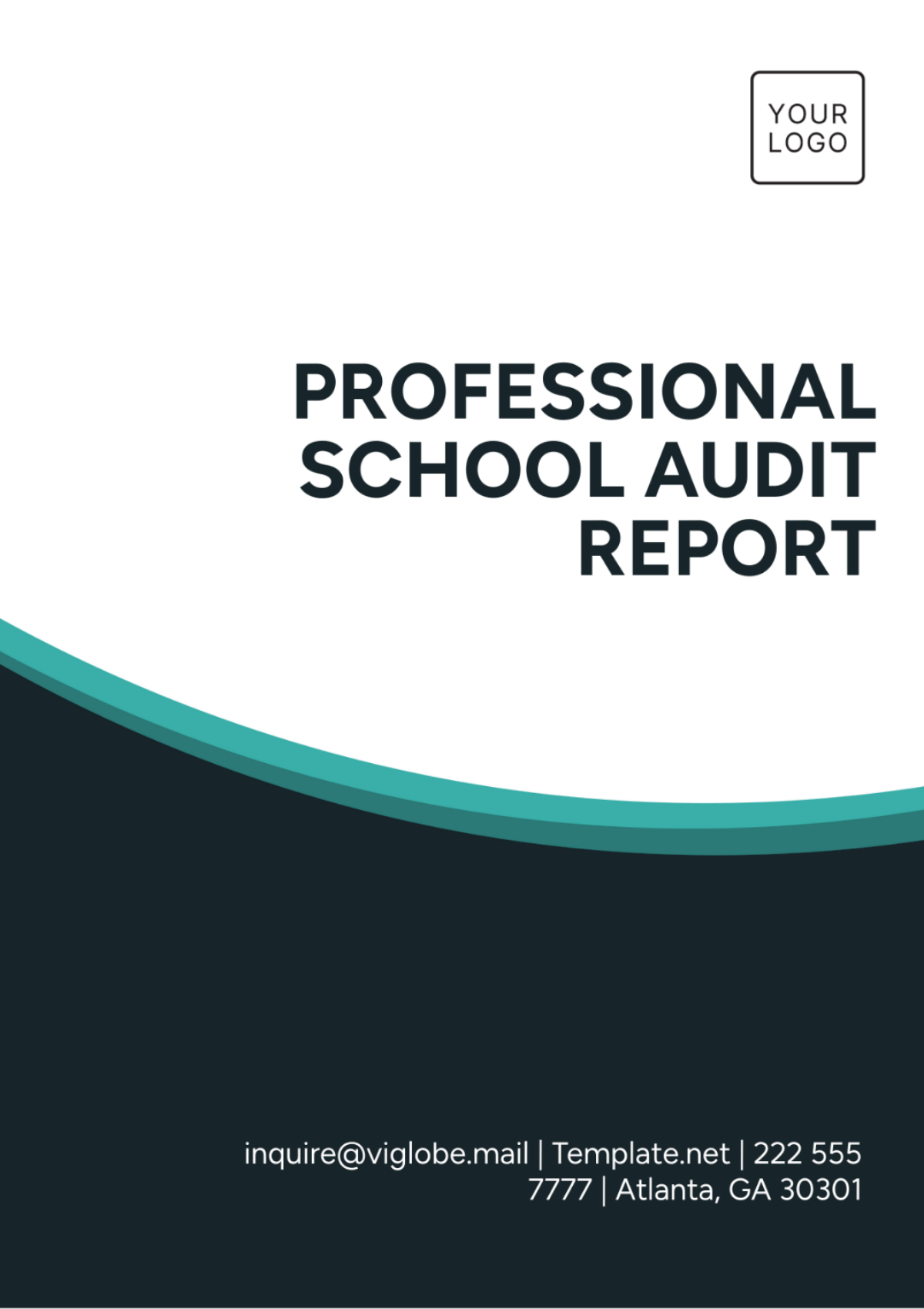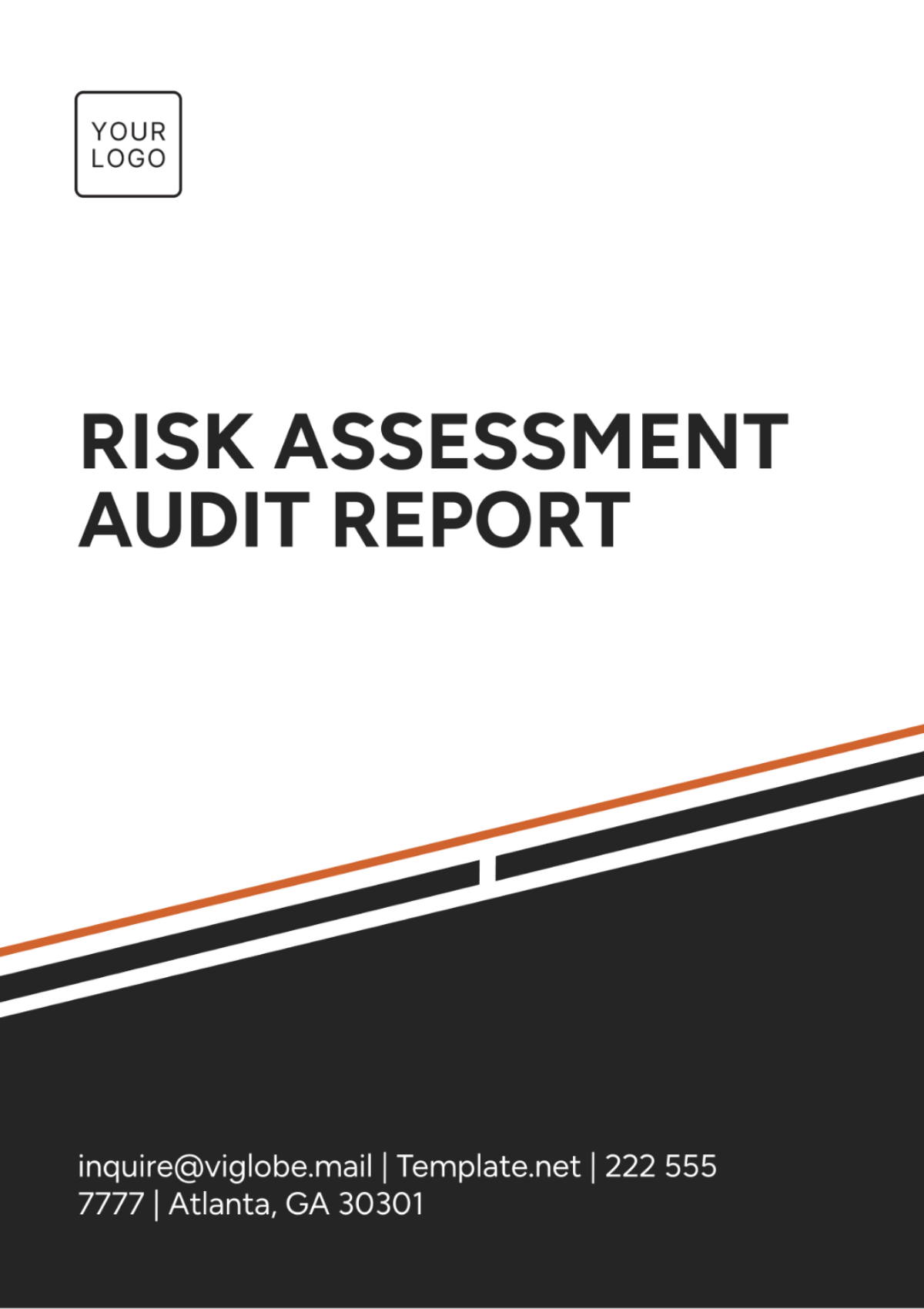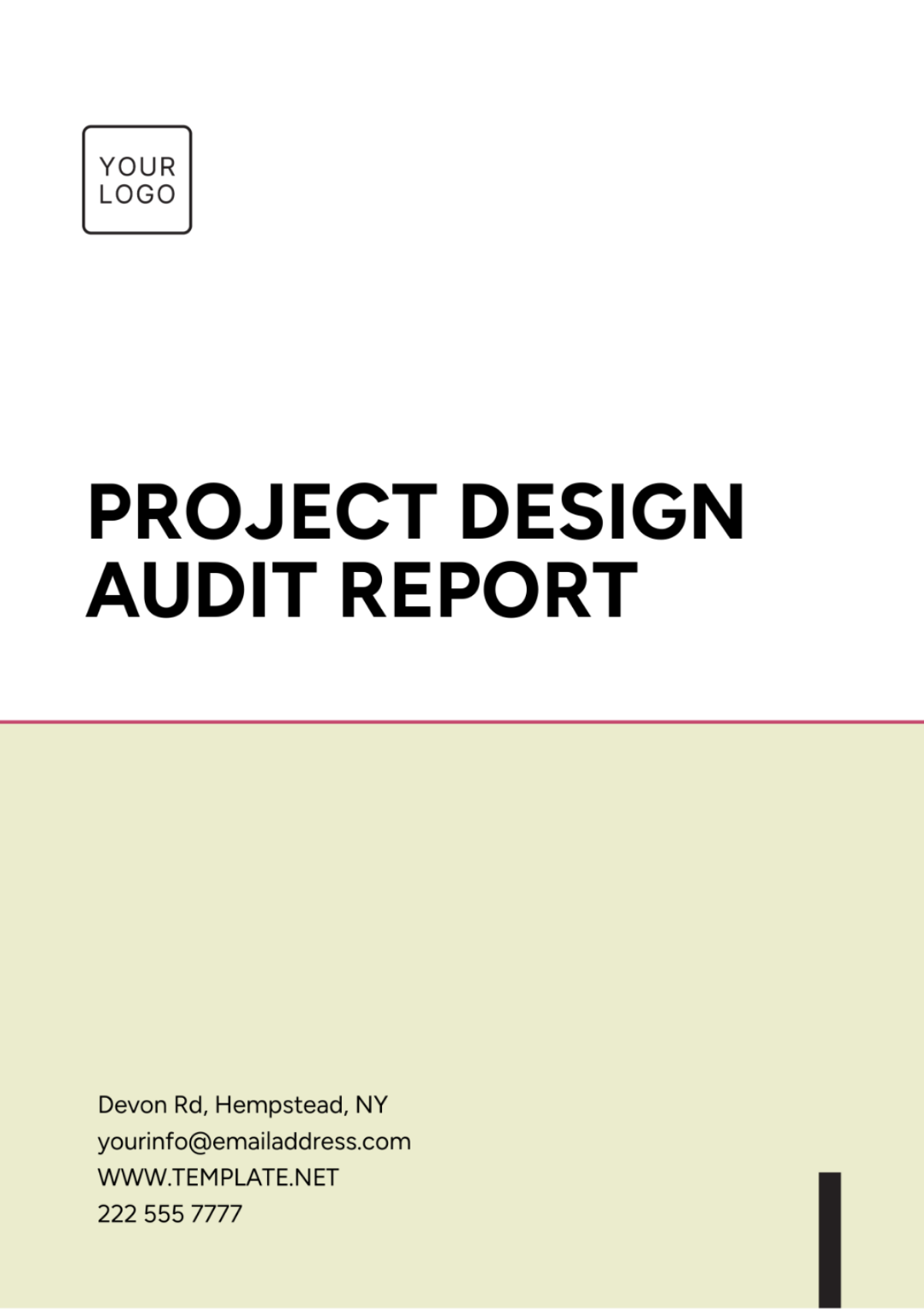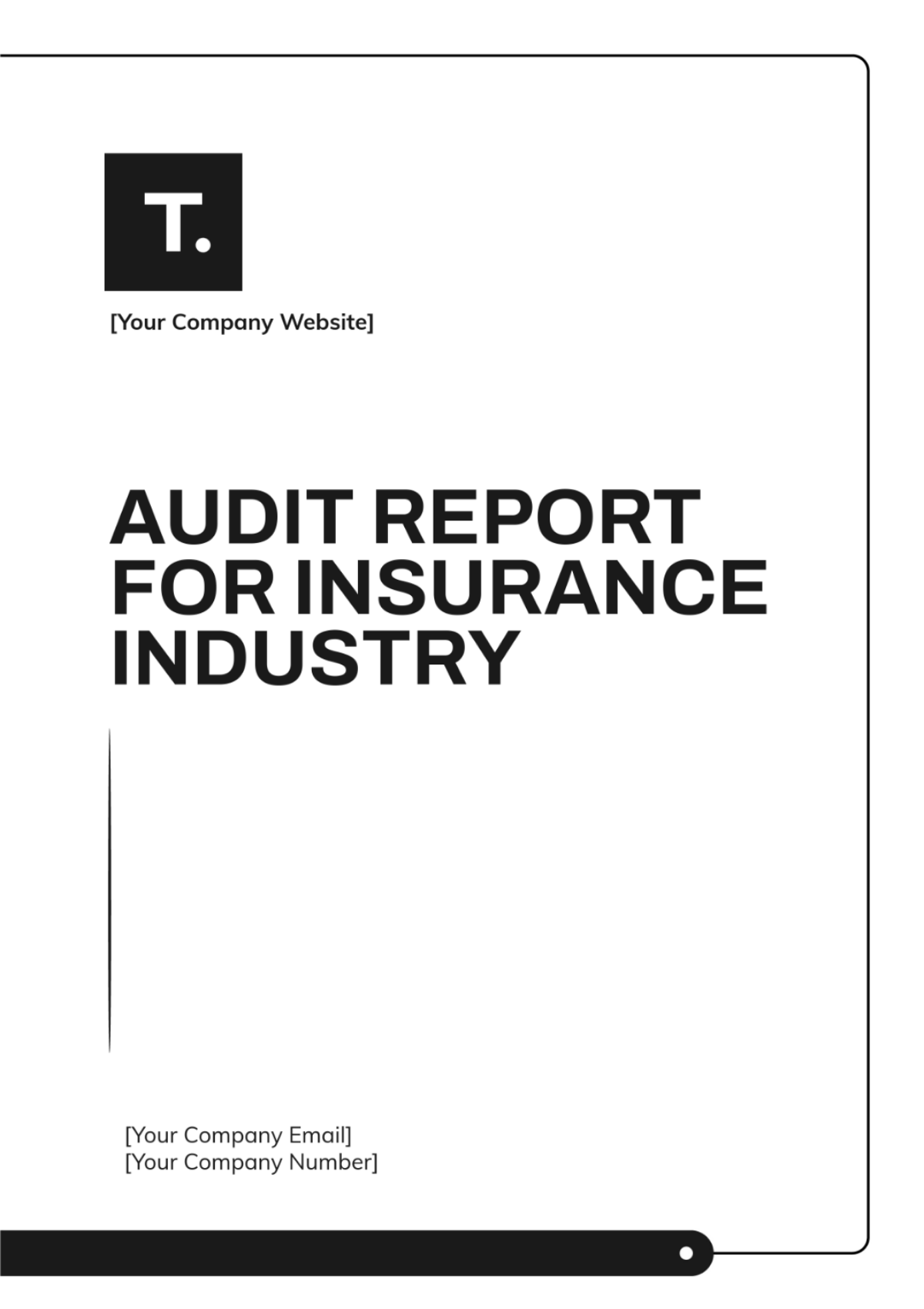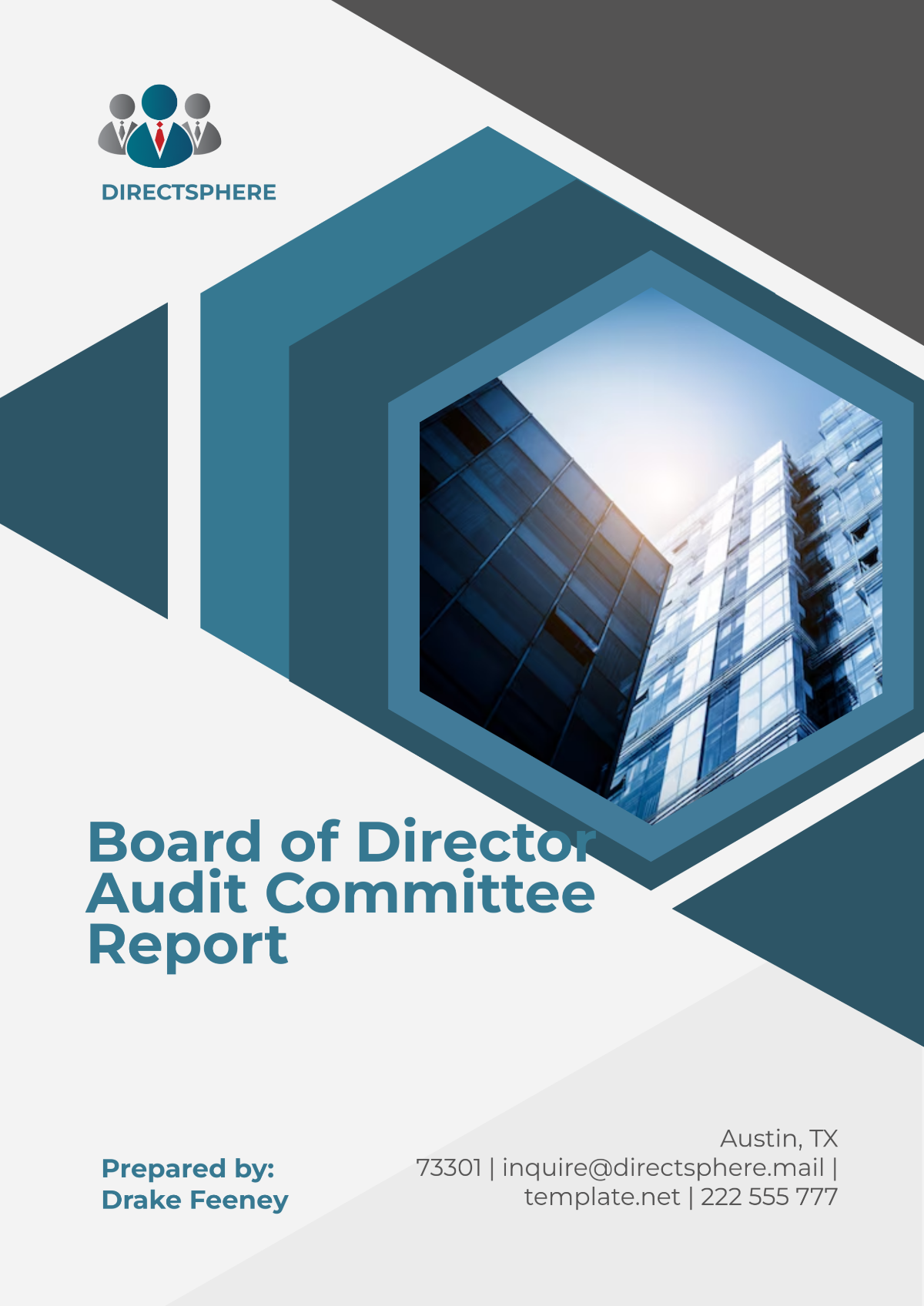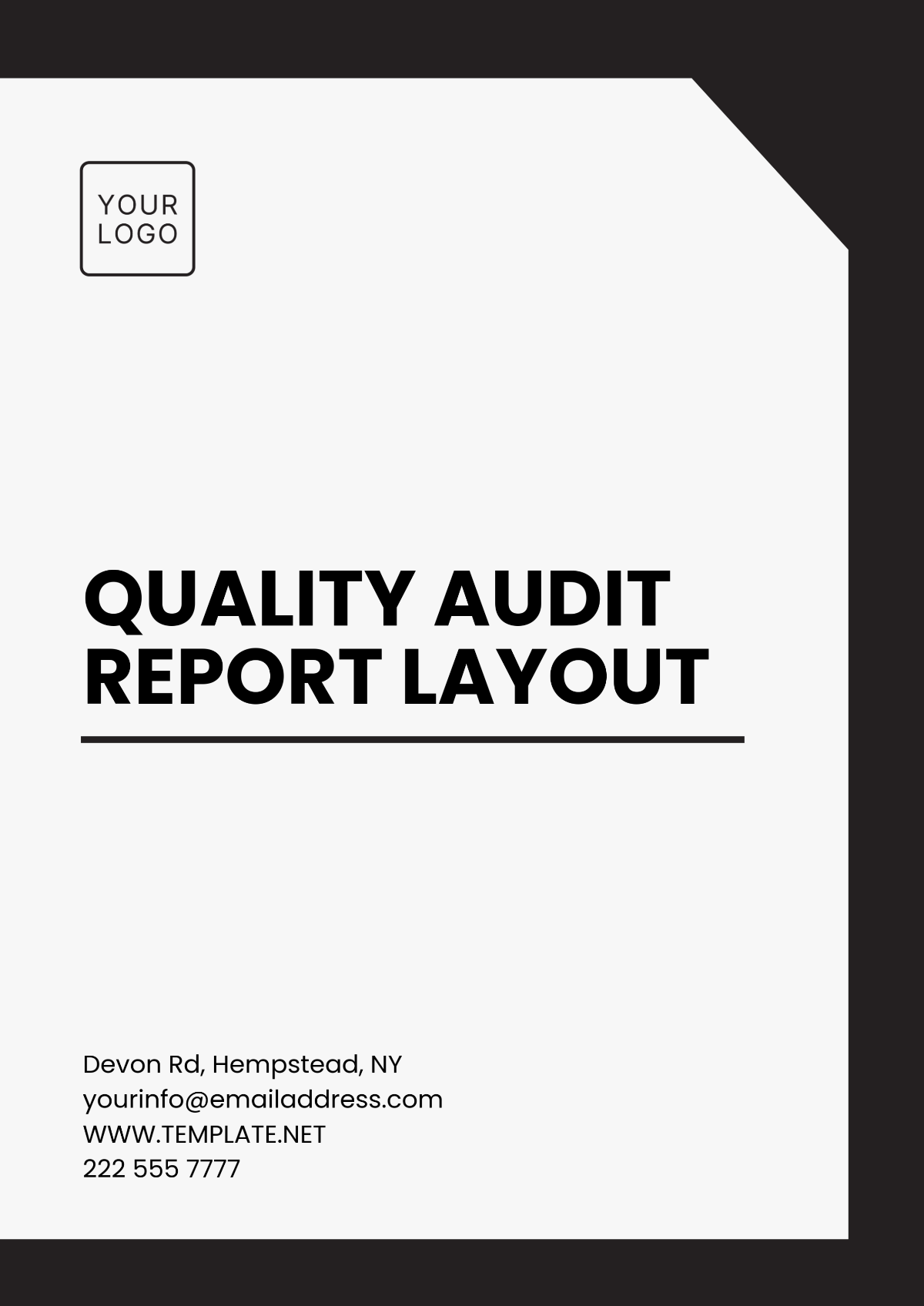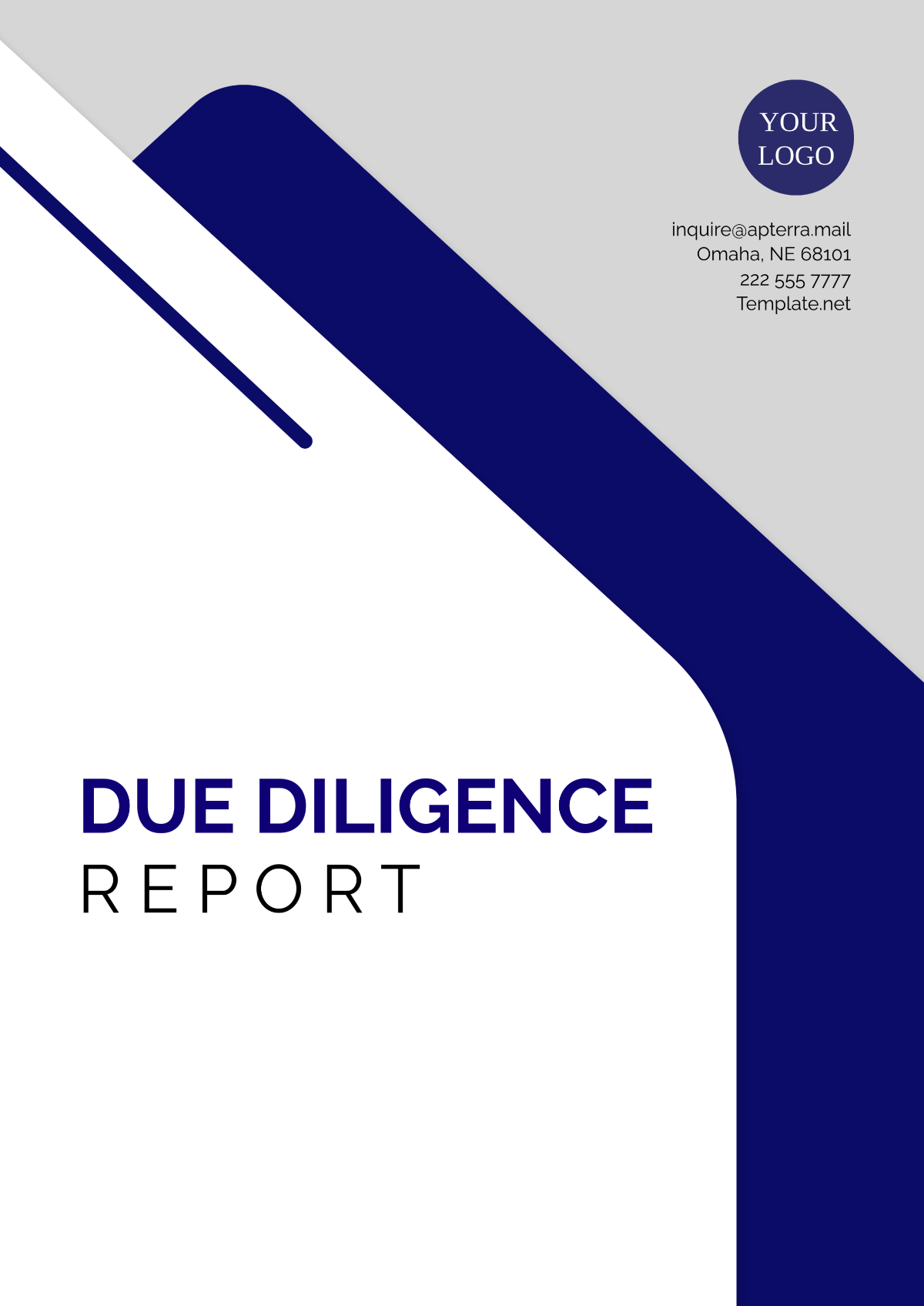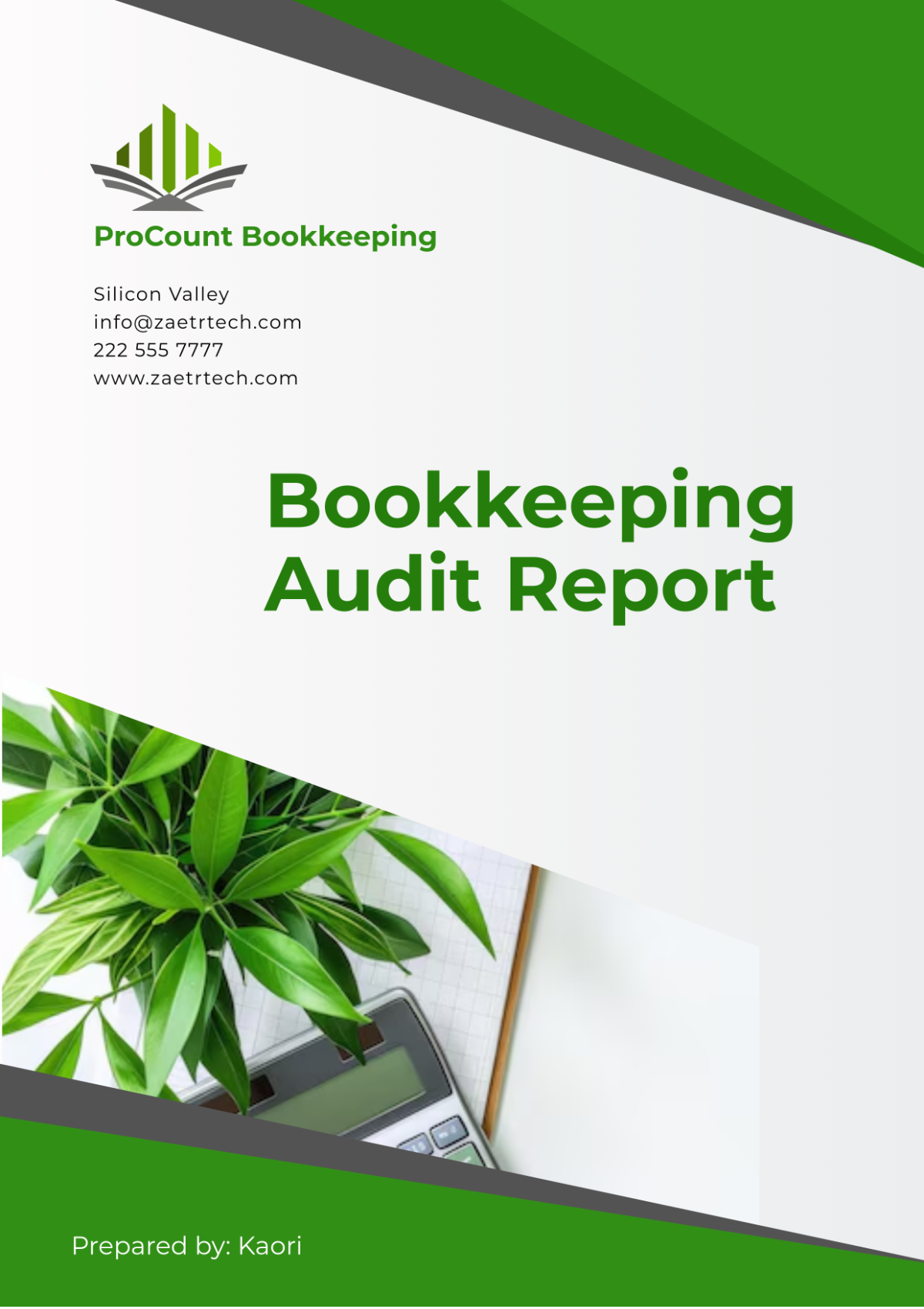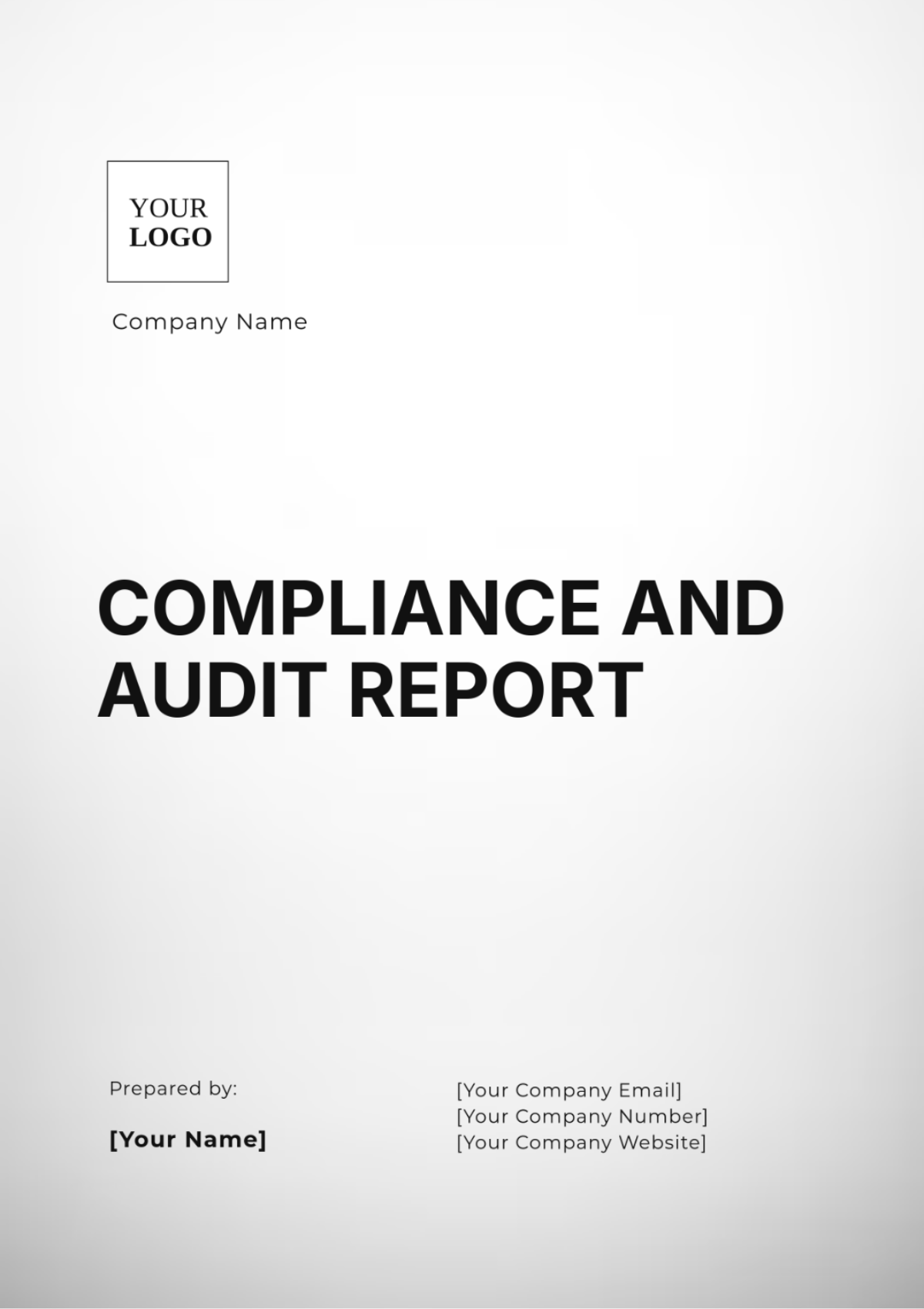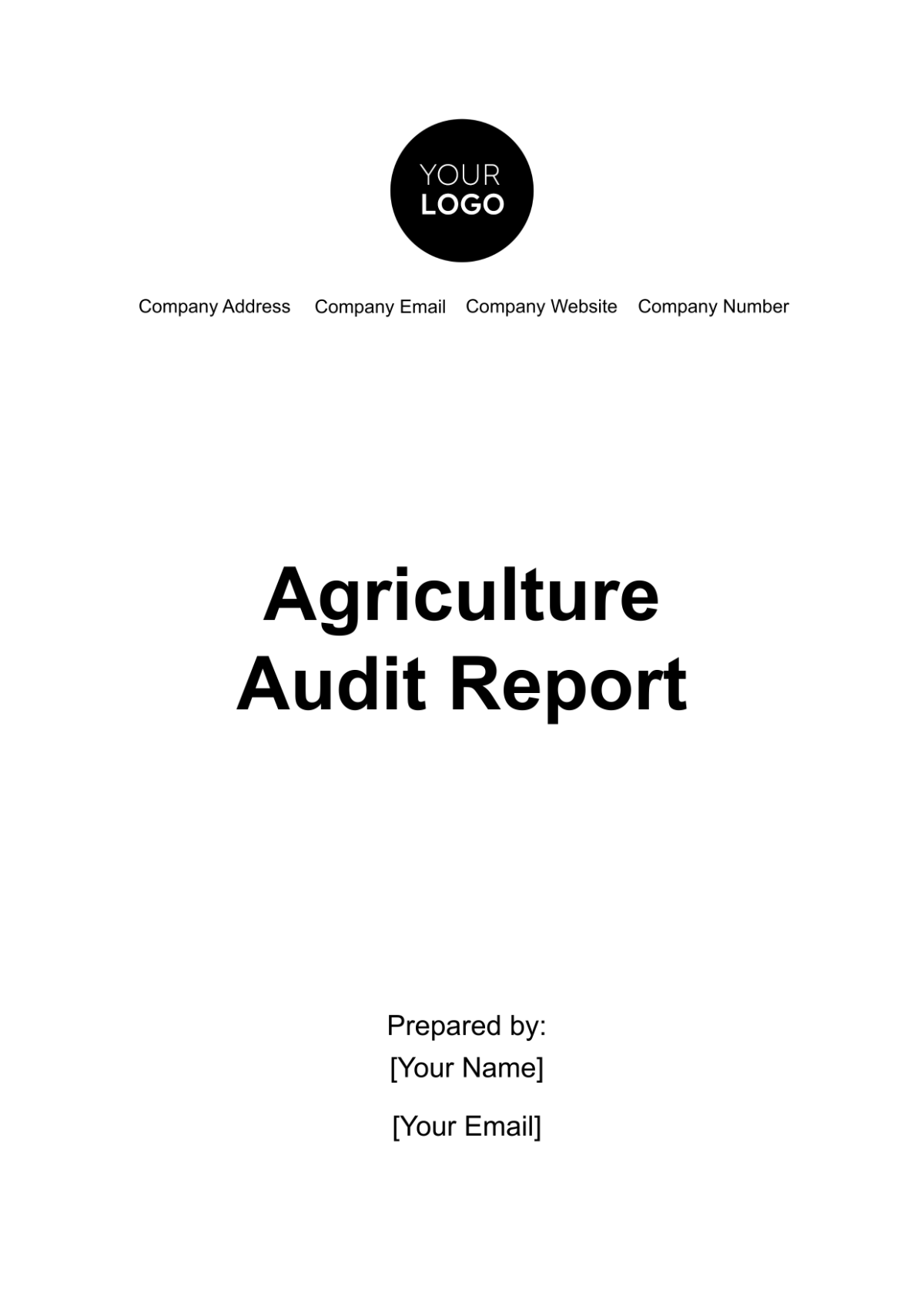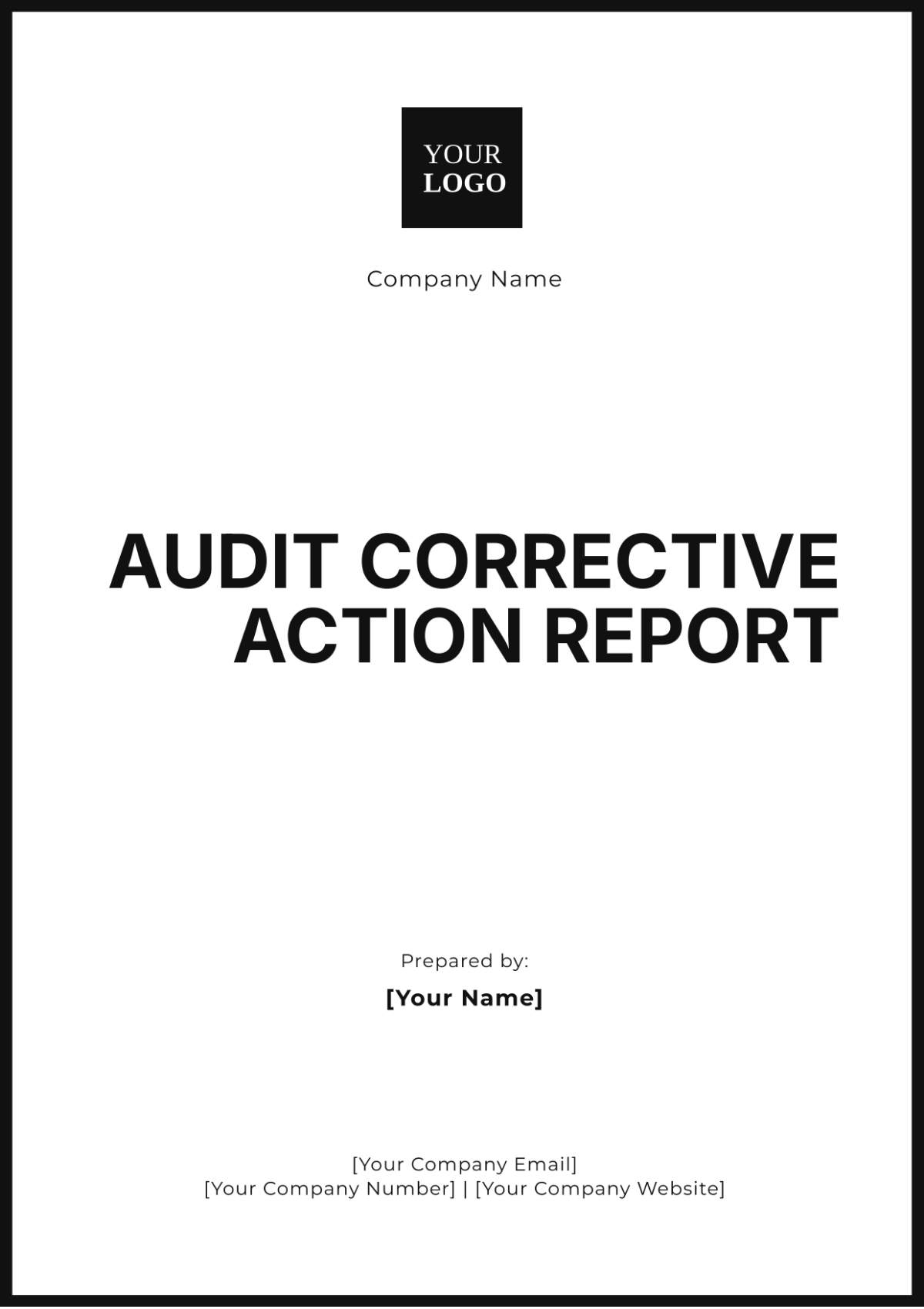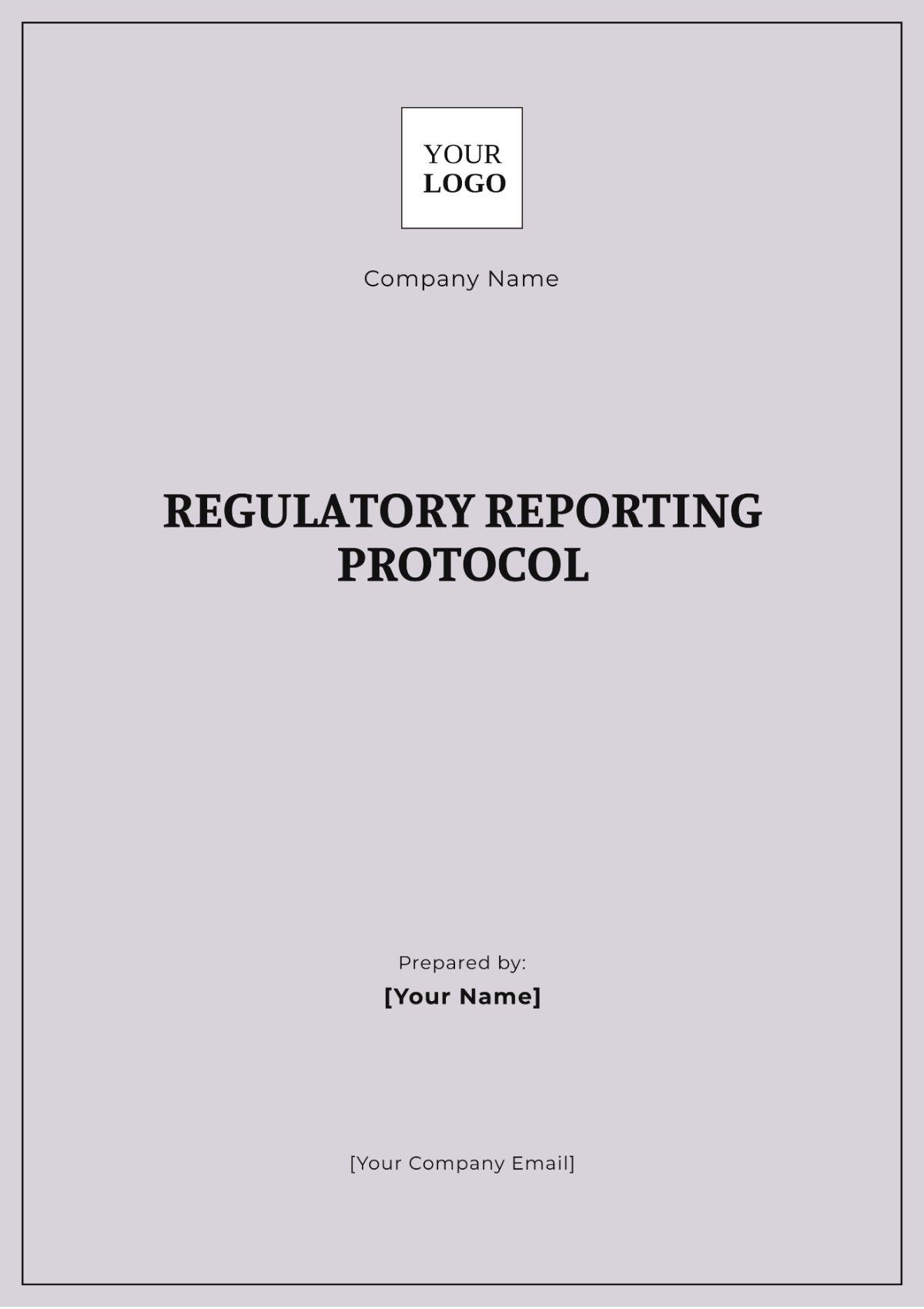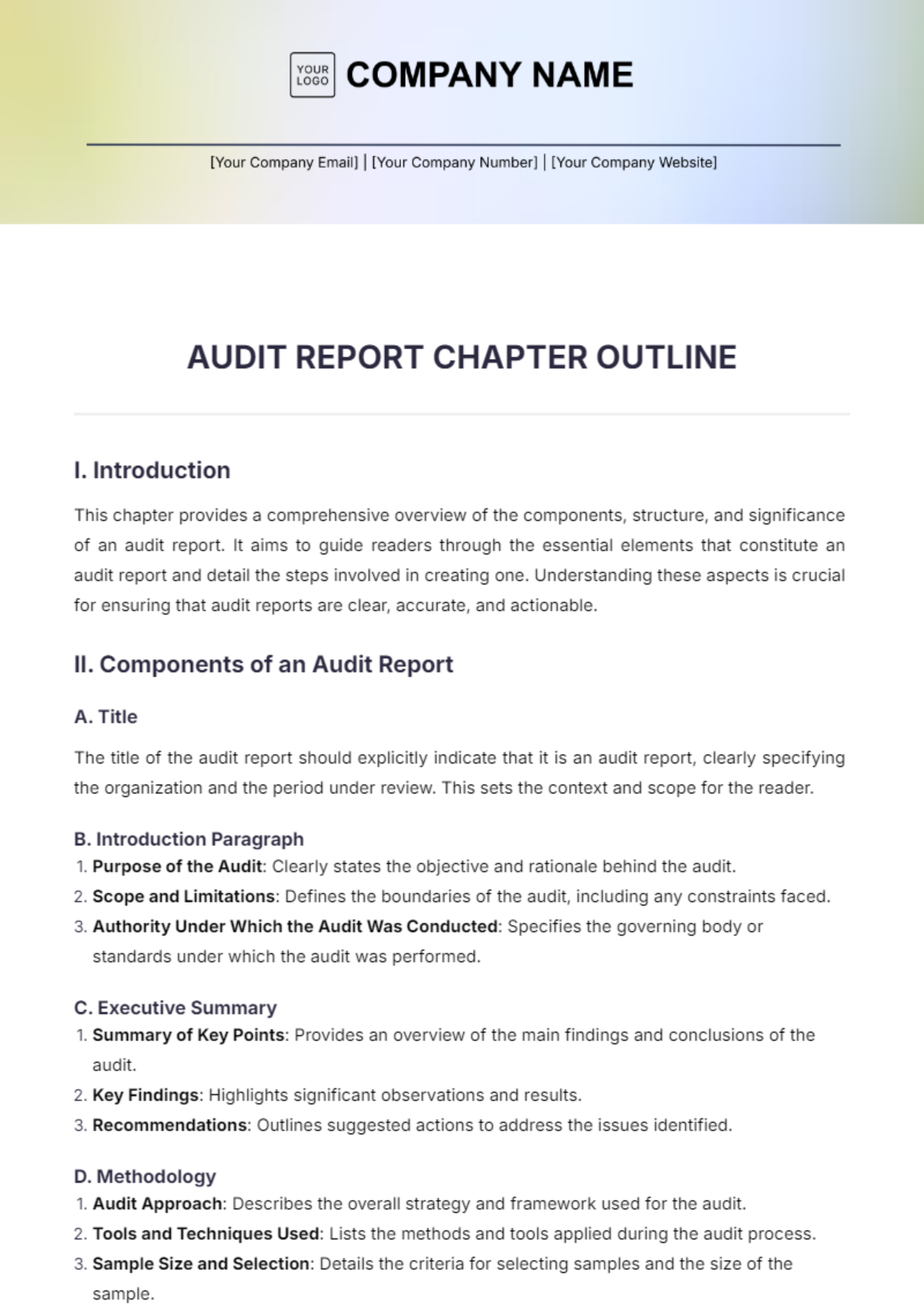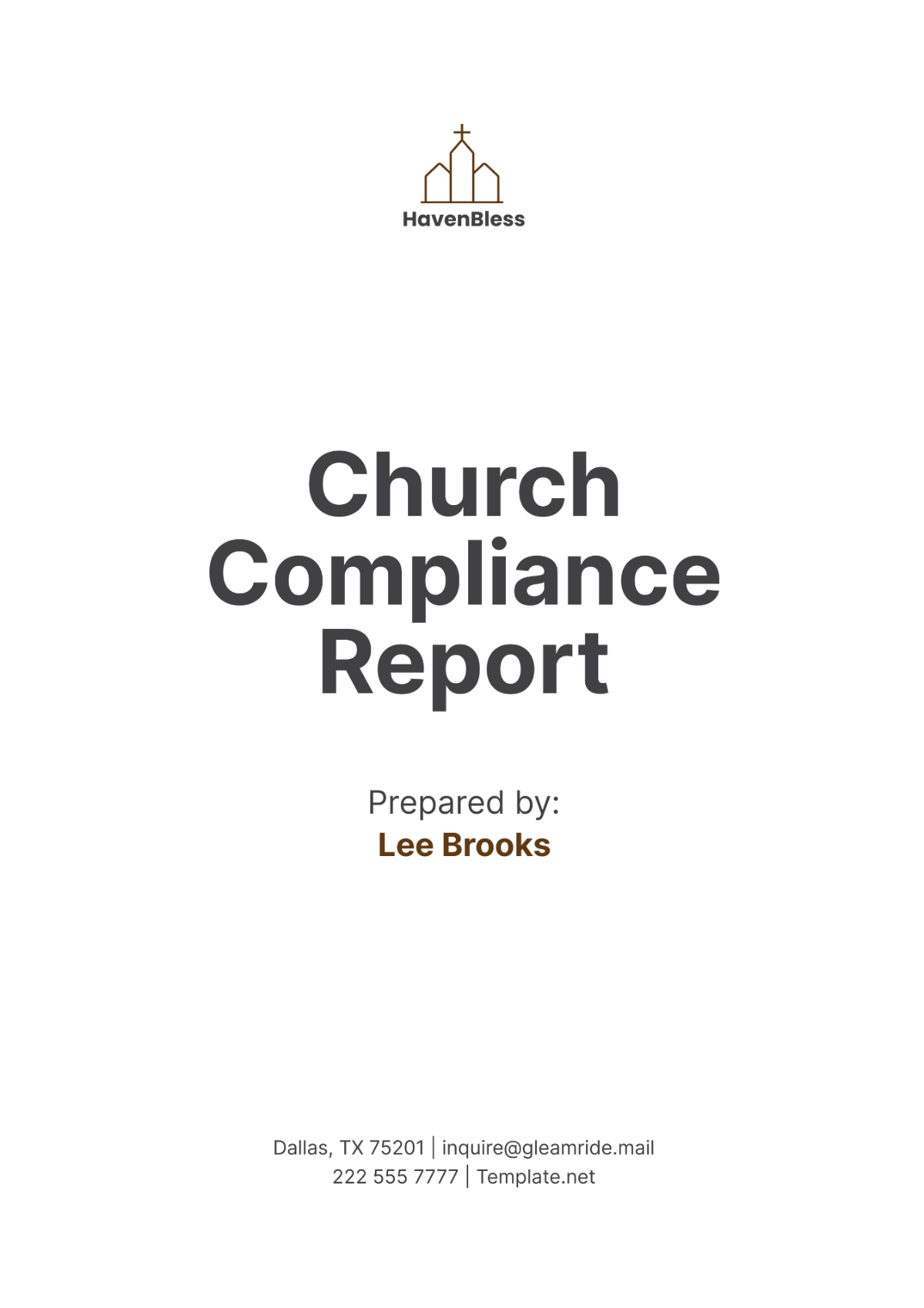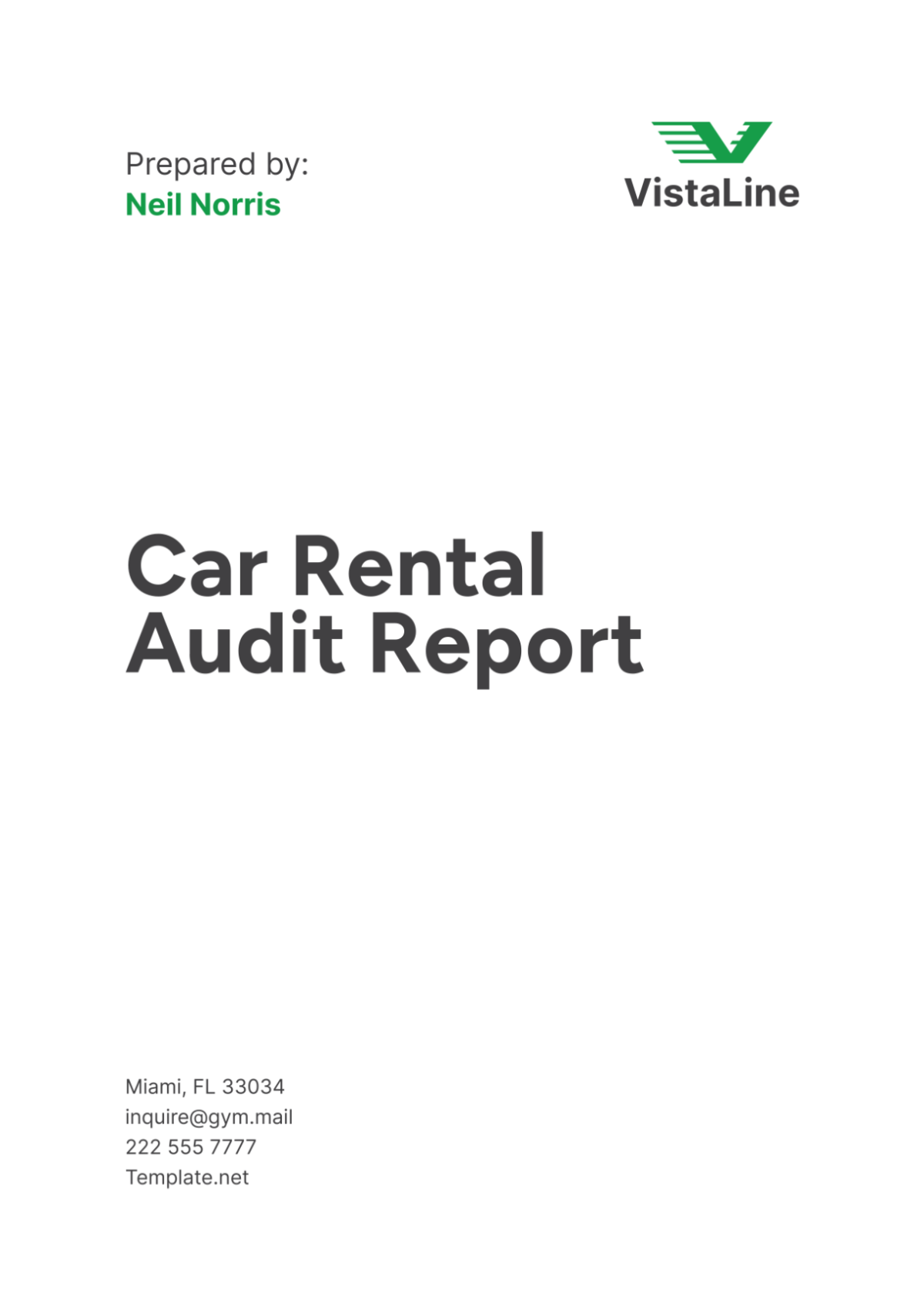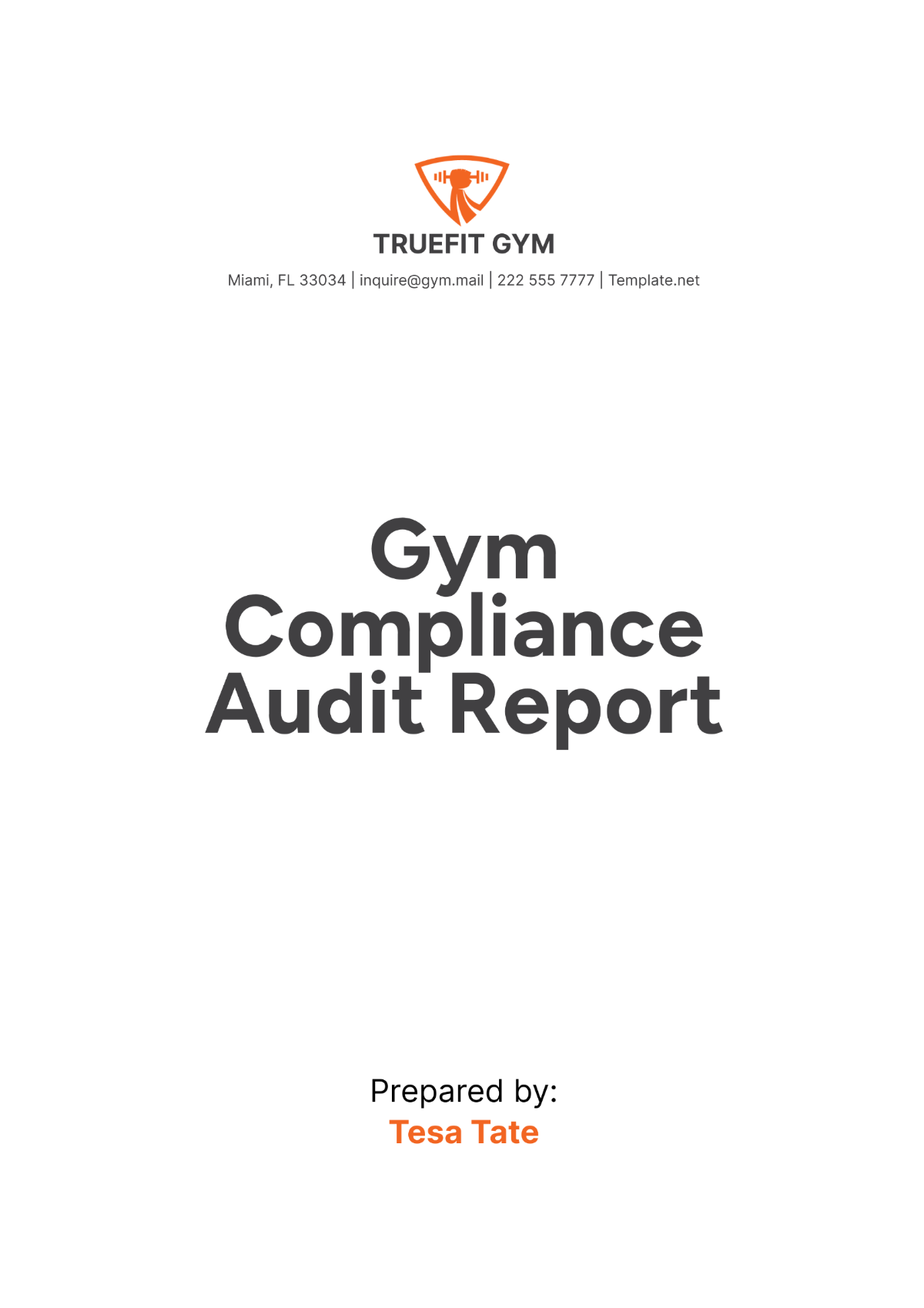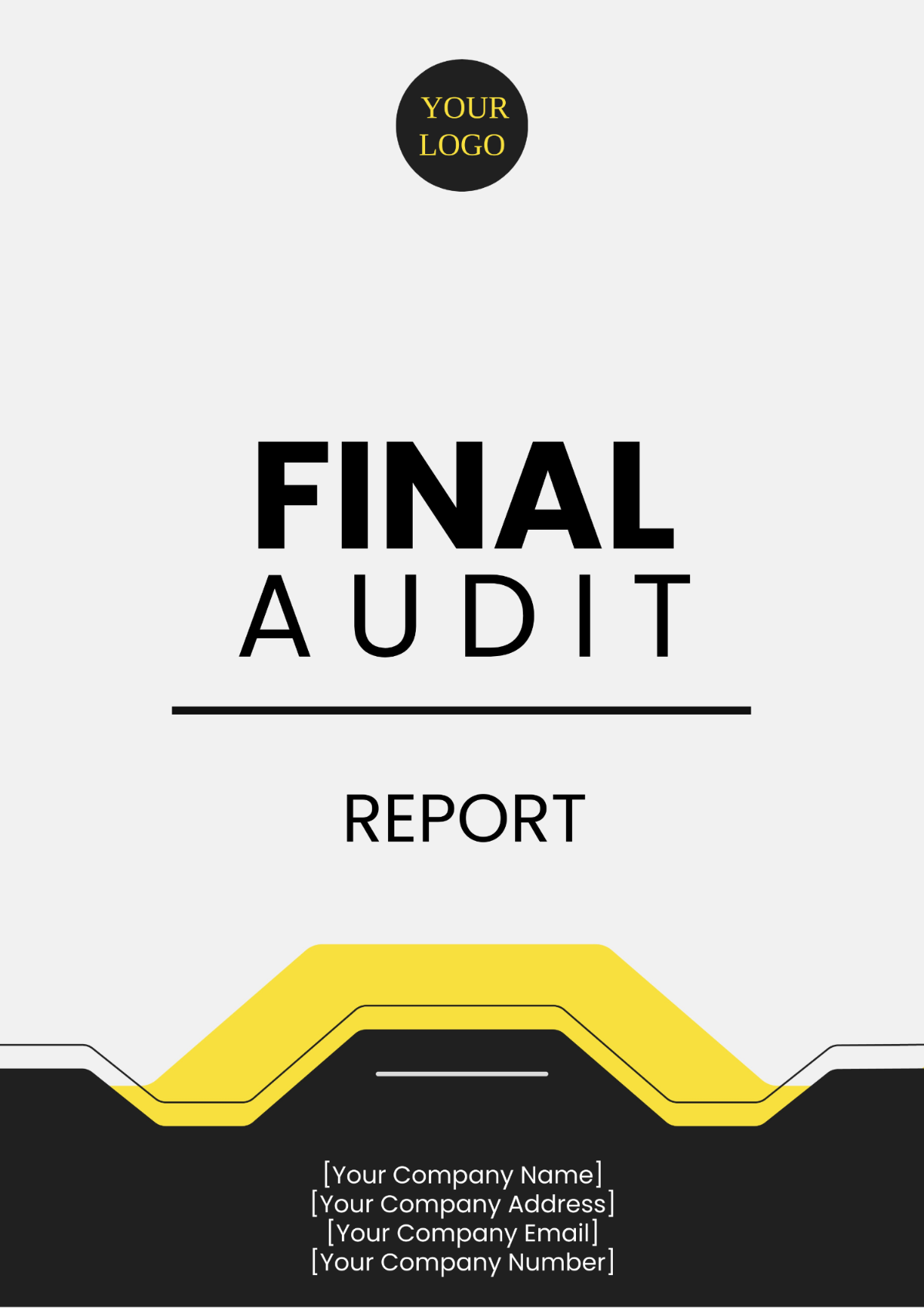Accounts Transparency Report
Table of Contents
1. Executive Summary
A. Overview of Report Objectives
B. Summary of Key Financial Findings
2. Introduction
A. Defining Financial Transparency for [Your Company Name]
B. Importance of Transparency for Stakeholders
3. Financial Reporting Standards and Compliance
A. Adherence to Accounting Standards
B. Regulatory Compliance and Audit Reviews
4. Revenue and Expense Breakdown
A. Detailed Analysis of Revenue Streams
B. Comprehensive Expense Reporting and Analysis
5. Tax Contributions and Management
A. Overview of Tax Payments and Contributions
B. Tax Compliance and Management Strategies
6. Internal Control and Risk Management
A. Internal Control Systems and Processes
B. Financial Risk Identification and Management
7. Future Financial Transparency Goals
A. Strategies for Enhancing Transparency
B. Stakeholder Engagement and Reporting Innovations
1. Executive Summary
A. Overview of Report Objectives
This Accounts Transparency Report for [Your Company Name] has been developed with a professional and analytical approach, aiming to provide a comprehensive and insightful overview of the company's financial activities. The primary objective is to cultivate a foundation of trust and confidence among all stakeholders by demonstrating an unwavering commitment to ethical financial management and transparency. The report meticulously dissects the financial operations of [Your Company Name], offering a clear, objective view of our financial health and operational integrity. It is crafted to not only meet but exceed the standard expectations of transparency in financial reporting, thereby reinforcing [Your Company Name]'s reputation as a leader in corporate financial responsibility.
B. Summary of Key Financial Findings
In an analytical and comprehensive review of [Your Company Name]'s financials, the report reveals a stable and robust financial position. A detailed examination shows a healthy balance between various revenue streams and well-managed expenditures, reflecting strategic financial stewardship and operational efficiency. Our adherence to stringent financial regulations and the consistently positive outcomes from external audits further affirm our dedication to maintaining high standards of accountability and transparency. These key findings underscore the company’s financial resilience and strategic foresight, providing stakeholders with a clear, insightful understanding of [Your Company Name]'s financial integrity and long-term viability.
2. Introduction
A. Defining Financial Transparency for [Your Company Name]
[Your Company Name] defines financial transparency as the meticulous and clear presentation of all financial activities and decisions. This concept involves a commitment to accuracy, timeliness, and comprehensiveness in financial communication. Our approach is to demystify financial data, ensuring that it is not only accessible but also meaningful and relevant to all stakeholders. We adopt rigorous standards in documenting financial transactions and strategies, ensuring that every disclosure provides a true and fair view of our financial performance. This level of transparency is integral to our operational integrity, reflecting our deep commitment to maintaining the highest standards of financial clarity and accountability.
B. Importance of Transparency for Stakeholders
The role of transparency in the financial reporting of [Your Company Name] is pivotal in fostering trust and confidence among our diverse stakeholders. An analytical approach to transparency ensures that our investors, customers, employees, and regulatory bodies are equipped with accurate and comprehensive financial information. This facilitates informed decision-making and reinforces the foundations of trust and credibility that are essential in today's business landscape. Our unwavering commitment to transparent reporting not only meets regulatory requirements but also establishes a benchmark for ethical financial practices. It is a testament to our dedication to upholding the principles of integrity and responsibility in all our financial dealings, thereby reinforcing our position as a trustworthy and reliable entity in the corporate sector.
3. Financial Reporting Standards and Compliance
This section of the Accounts Transparency Report for [Your Company Name] delves into our compliance with financial reporting standards and regulatory requirements. It showcases our commitment to upholding the highest standards of financial accuracy and transparency, underpinned by adherence to international accounting norms and regular external audits.
A. Adherence to Accounting Standards
[Your Company Name] rigorously follows internationally recognized accounting standards, ensuring our financial statements are fair, accurate, and compliant.
Accounting Standards | Compliance Status | Description |
|---|---|---|
International Financial Reporting Standards (IFRS) | Fully Compliant | Ensures that our financial statements are globally comparable, reliable, and of high quality. |
Generally Accepted Accounting Principles (GAAP) | Fully Compliant | Guarantees that our financial reporting meets U.S. standards for clarity and consistency. |
Local Accounting Standards | Fully Compliant | Aligns with specific financial reporting requirements in the regions we operate. |
Note: The compliance status is regularly reviewed and updated to reflect any changes in accounting standards or practices.
B. Regulatory Compliance and Audit Reviews
We regularly undergo external audits and reviews, maintaining full compliance with financial regulations. Recent audits have affirmed the reliability and transparency of our financial reporting.
Audit/Review Type | Date | Outcome |
|---|---|---|
External Financial Audit | [Date] | Positive affirmation of financial statement accuracy and no significant discrepancies noted. |
Internal Audit Review | [Date] | Verified internal controls and financial reporting processes as robust and effective. |
Regulatory Compliance Check | [Date] | Confirmed full compliance with all relevant financial regulations and standards. |
Note: Dates are indicative and represent the most recent audits and reviews.
Through rigorous adherence to established accounting standards and continuous monitoring via audits and compliance reviews, [Your Company Name] demonstrates an unwavering commitment to financial integrity and transparency. These practices not only ensure compliance but also reinforce the trust and confidence of our stakeholders in the financial information we present.
4. Revenue and Expense Breakdown
In this section, we provide a detailed breakdown of [Your Company Name]'s revenue streams and expenses. This granular analysis is vital for stakeholders to understand the sources of our income and how we allocate our resources. It offers transparency into our financial management and sheds light on the company's operational efficiency and strategic planning.
A. Detailed Analysis of Revenue Streams
Our revenue streams include product sales, service fees, and investments. This diversity ensures financial stability and reduces risk.
Revenue Stream | Amount (USD) | Percentage of Total Revenue | Description |
|---|---|---|---|
Product Sales | $5,000,000 | 50% | Revenue from the sale of products. Includes both online and offline sales channels. |
Service Fees | $3,000,000 | 30% | Income from services provided to clients, including consultancy and support services. |
Investments | $2,000,000 | 20% | Earnings from investments in market securities, bonds, and other financial instruments. |
Total Revenue: $10,000,000
B. Comprehensive Expense Reporting and Analysis
Expenses are carefully monitored and categorized into operational costs, marketing, research and development, and administrative expenses, ensuring optimal allocation of resources.
Expense Category | Amount (USD) | Percentage of Total Expenses | Description |
|---|---|---|---|
Operational Costs | $3,500,000 | 35% | Includes manufacturing, logistics, and operational maintenance costs. |
Marketing | $2,500,000 | 25% | Costs related to advertising, promotions, and public relations activities. |
Research and Development | $2,000,000 | 20% | Investments in innovation, product development, and technology upgrades. |
Administrative Expenses | $2,000,000 | 20% | General administrative costs including staff salaries, office rent, and utilities. |
Total Expenses: $10,000,000
This comprehensive breakdown of [Your Company Name]'s revenue and expenses provides a clear picture of our financial operations, emphasizing the balance between income generation and resource allocation. It showcases our strategic approach to managing finances, ensuring long-term sustainability and growth.
5. Tax Contributions and Management
This section of the report details [Your Company Name]'s approach to tax contributions and management, highlighting our commitment to responsible tax practices. It offers a transparent view of our tax payments, underscoring our contribution to public finances, and outlines our strategies for tax compliance and optimization, reflecting our dedication to ethical tax management and shareholder value.
A. Overview of Tax Payments and Contributions
[Your Company Name] is committed to responsible tax practices. We transparently disclose our tax payments, contributing fairly to the economies we operate in.
Fiscal Year | Total Tax Paid (USD) | Percentage of Revenue | Description |
|---|---|---|---|
[Year] | $1,200,000 | 12% | Includes federal, state, and local taxes paid by the company. |
[Year] | $1,500,000 | 15% | Reflects an increase due to expanded operations and higher profitability. |
[Year] | $1,800,000 | 18% | Indicates continued growth and increased tax contributions. |
Note: The percentages are calculated as a portion of the total revenue.
B. Tax Compliance and Management Strategies
Our tax strategy focuses on compliance, risk management, and leveraging legitimate tax incentives, ensuring we meet our obligations while maximizing shareholder value.
Strategy | Implementation | Impact | Description |
|---|---|---|---|
Regular Compliance Reviews | Ongoing | High | Regular reviews to ensure adherence to tax laws and regulations, minimizing risk of non-compliance. |
Utilization of Tax Incentives | As applicable | Moderate | Strategically leveraging legitimate tax incentives and credits available for research and development, sustainable practices, etc. |
External Tax Advisory Consultation | Annually | High | Engaging with external tax advisors to stay abreast of changes in tax legislation and optimize tax strategies. |
Note: The impact is assessed based on the strategy's contribution to overall tax efficiency and compliance.
Through these detailed tables, we demonstrate [Your Company Name]'s transparent approach to tax contributions and our strategic methods for managing tax obligations. This approach not only ensures compliance with tax laws but also aligns with our goal of maximizing value responsibly.
6. Internal Control and Risk Management
In this section, we delve into [Your Company Name]'s comprehensive approach to internal control and financial risk management. It outlines the robust systems and processes established to safeguard company assets, maintain accurate financial records, and effectively manage various financial risks. This dual focus ensures the integrity of our financial operations and the mitigation of potential risks.
A. Internal Control Systems and Processes
Robust internal controls are in place to safeguard assets, prevent fraud, and ensure the accuracy of financial records.
Implementation of Strict Audit Trails and Reconciliation Processes
We deploy comprehensive audit trails to track all financial transactions, ensuring transparency and traceability. Reconciliation processes are rigorously conducted to verify the accuracy of financial records and detect any discrepancies promptly.
Regular Internal Audits and Control Checks
Our schedule of regular internal audits and control checks is designed to evaluate and enhance the effectiveness of our financial systems. These audits act as a preventive measure against any financial irregularities and reinforce the integrity of our financial reporting.
Continuous Training of Employees on Compliance and Ethical Accounting Practices
We invest in ongoing training programs for our employees, focusing on compliance with financial regulations and ethical accounting practices. This training ensures that our team is well-equipped to uphold our high standards of financial integrity and transparency.
Utilization of Advanced Software for Financial Monitoring and Reporting
Leveraging cutting-edge financial software enables real-time monitoring and sophisticated analysis of financial data. This technology supports efficient financial management and enhances the accuracy of our financial reporting.
Establishment of a Dedicated Internal Control Team
A specialized internal control team is in place, tasked with overseeing and reviewing our financial procedures and controls. This team plays a critical role in maintaining the robustness of our internal control systems.
B. Financial Risk Identification and Management
We continuously assess financial risks, including market, credit, and liquidity risks, and implement strategies to mitigate them effectively.
Ongoing Market Analysis
We conduct continuous market analysis to understand and anticipate market trends and volatility. This proactive approach allows us to adapt our financial strategies in response to market changes, safeguarding our assets and investments.
Regular Credit Risk Assessments
Credit risk assessments are performed routinely, enabling us to set appropriate credit limits for customers and mitigate the risk of defaults. This practice is crucial for maintaining the financial health and liquidity of [Your Company Name].
Implementation of Strategies to Maintain Liquidity
Our financial strategies are designed to ensure liquidity and financial stability. This includes prudent investment decisions and effective cash flow management, ensuring we have sufficient resources to meet our obligations and invest in growth opportunities.
Stress Testing Financial Models
Stress testing of our financial models is conducted to prepare for various economic scenarios. This practice helps in identifying potential financial challenges and testing the resilience of our financial planning.
Regular Reviews and Updates of Risk Management Policies
We regularly review and update our risk management policies and strategies to reflect the evolving financial landscape and internal company changes. This ensures that our risk management practices remain effective and relevant.
7. Future Financial Transparency Goals
We outline [Your Company Name]'s aspirations and strategic initiatives aimed at enhancing financial transparency in the coming years. Our focus is on leveraging technology for improved reporting and fostering deeper engagement with our stakeholders to ensure our financial practices are as transparent and accessible as possible.
A. Strategies for Enhancing Transparency
[Your Company Name] is dedicated to advancing our financial transparency through strategic investments in technology. We plan to implement state-of-the-art financial reporting software, enabling real-time financial reporting and data analysis. This technology will provide a more dynamic and interactive way of presenting financial information, allowing for greater clarity and immediacy in our financial disclosures. Enhanced features like customizable dashboards and automated reporting tools will offer stakeholders a more comprehensive and insightful view of our financial status. Additionally, we aim to integrate advanced data security measures to protect sensitive financial information, ensuring that our commitment to transparency is balanced with the utmost responsibility to data privacy and security.
B. Stakeholder Engagement and Reporting Innovations
In our pursuit of heightened financial transparency, [Your Company Name] recognizes the importance of active and meaningful stakeholder engagement. We are committed to transforming our reporting practices by introducing innovative formats and channels for communicating financial information. This includes developing interactive online platforms where stakeholders can access, analyze, and interpret financial data in real-time. We also plan to host regular webinars and Q&A sessions, providing stakeholders with opportunities to engage directly with our financial team, ask questions, and provide feedback. Through these initiatives, we aim to create a more inclusive and participatory environment for our stakeholders, ensuring that our financial reporting is not only transparent but also responsive and engaging.
By implementing these strategies, [Your Company Name] is set to redefine our approach to financial transparency, making it more integrated, interactive, and responsive to the needs of our diverse stakeholders.
This report compiled by [Your Name] and made under the name of [Your Company Name] is a testament of our ongoing promise to uphold highest standards of practice and transparency with all our ventures. [Your Company Name] will keep forging ahead with this transparency to maintain an inclusive and facilitative business environment.

